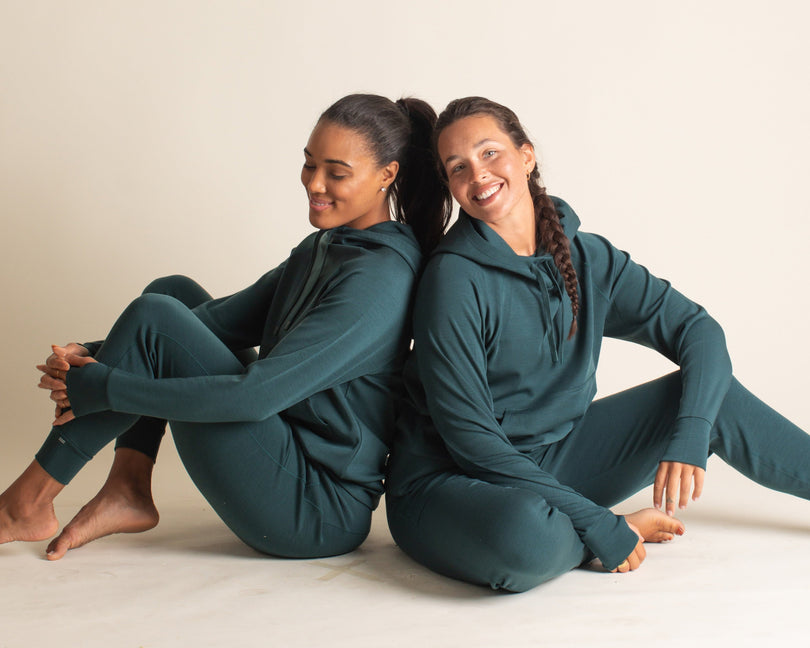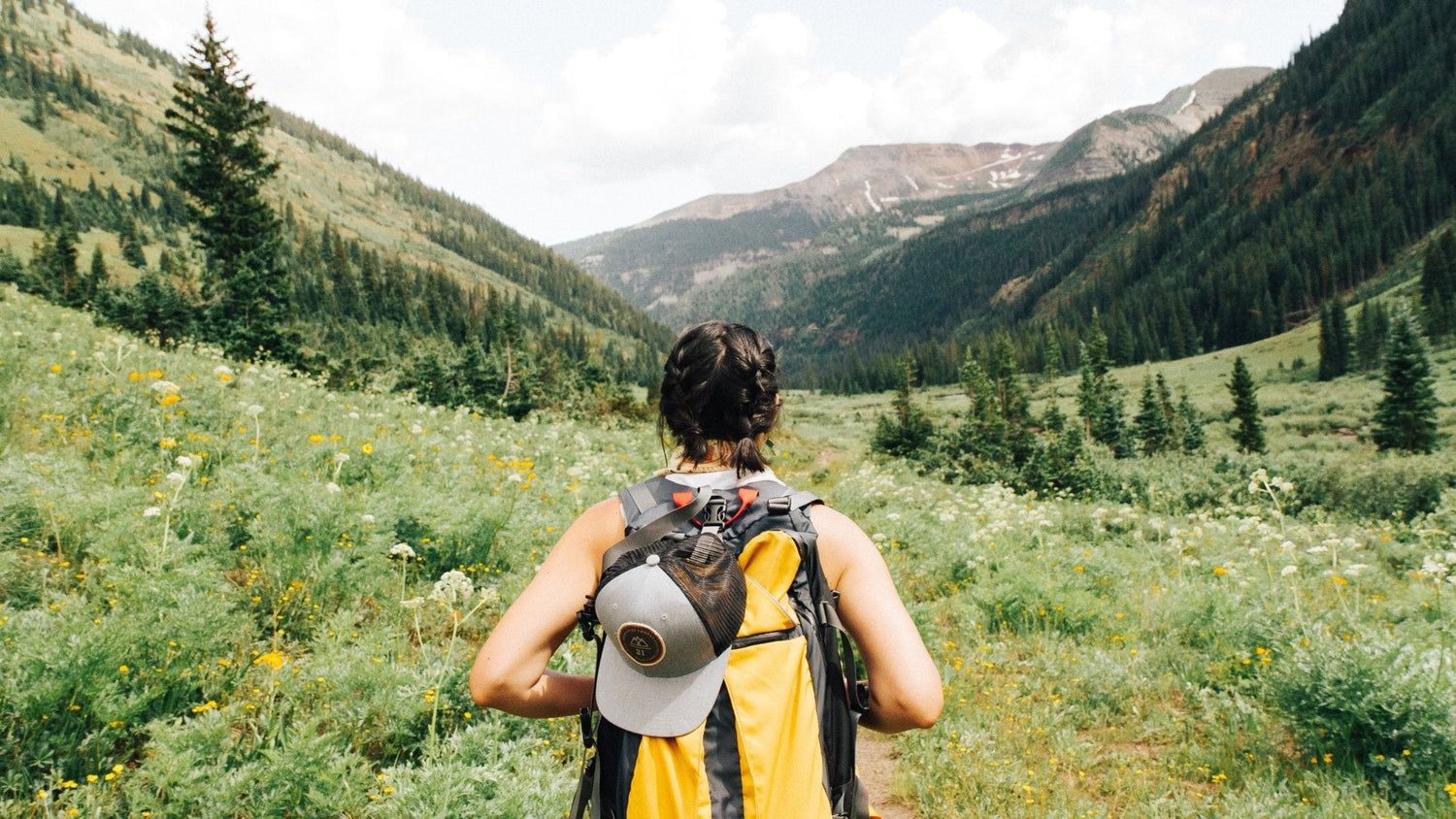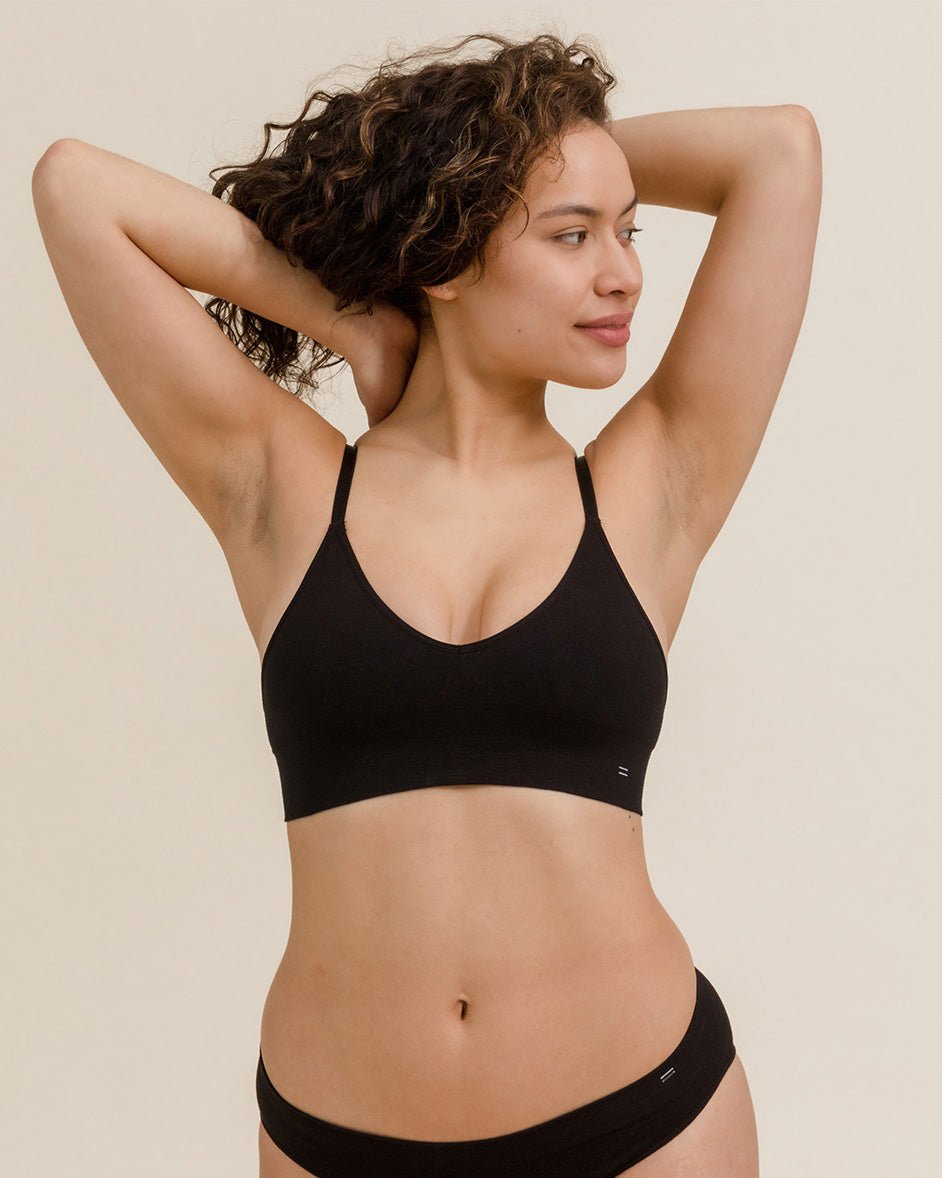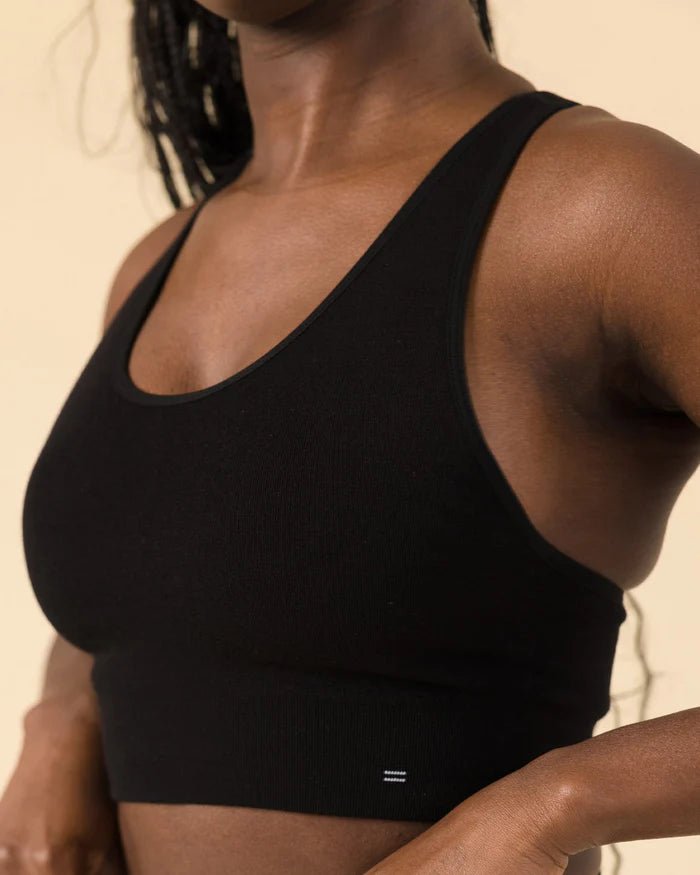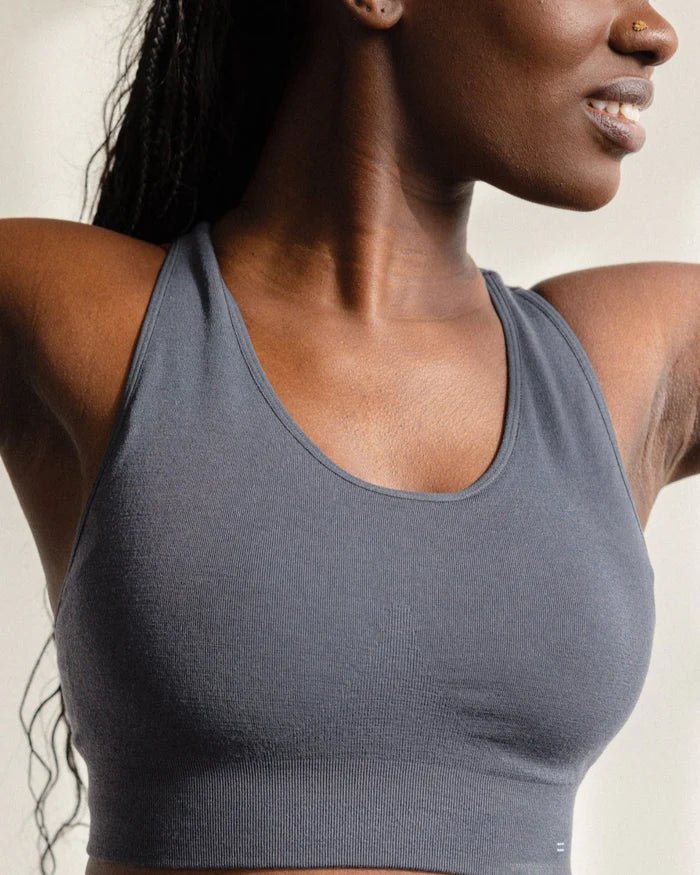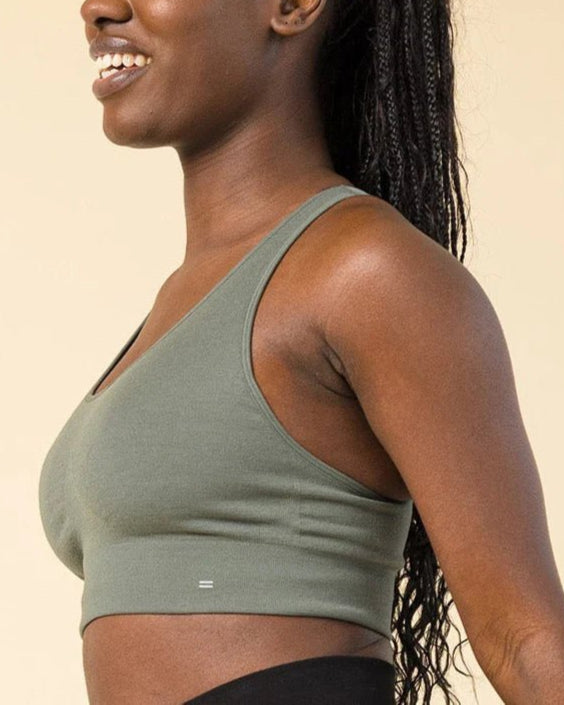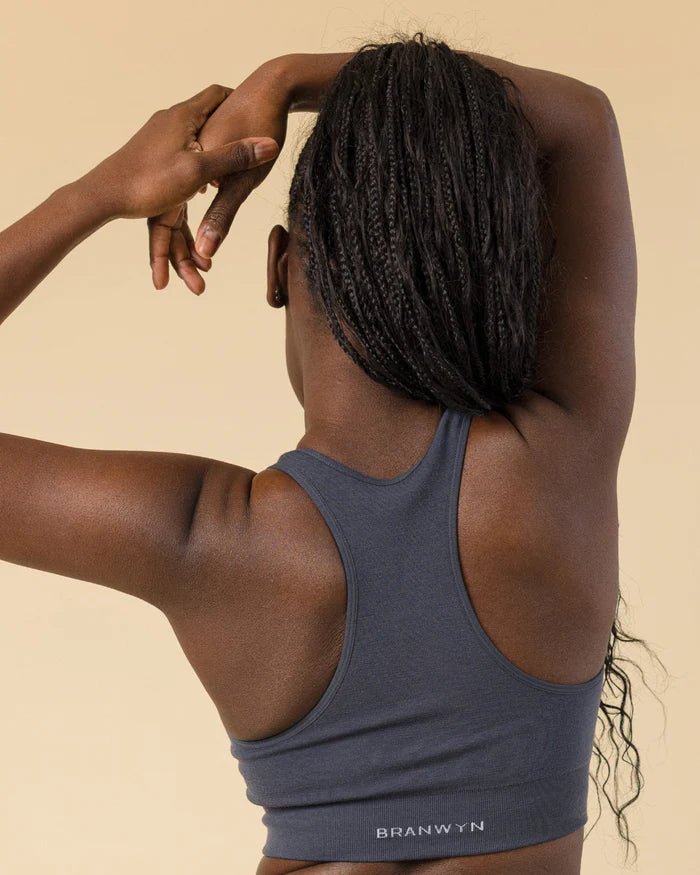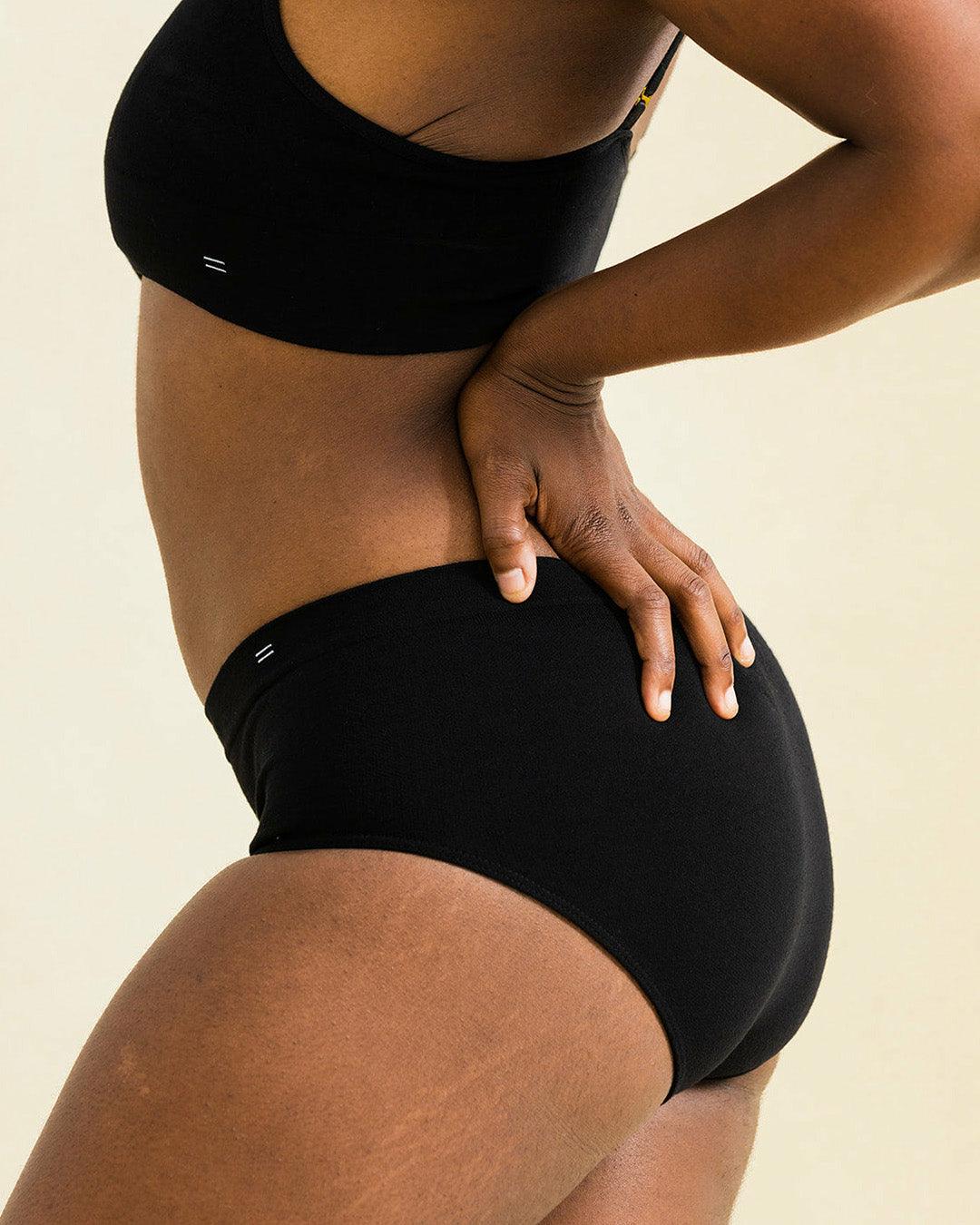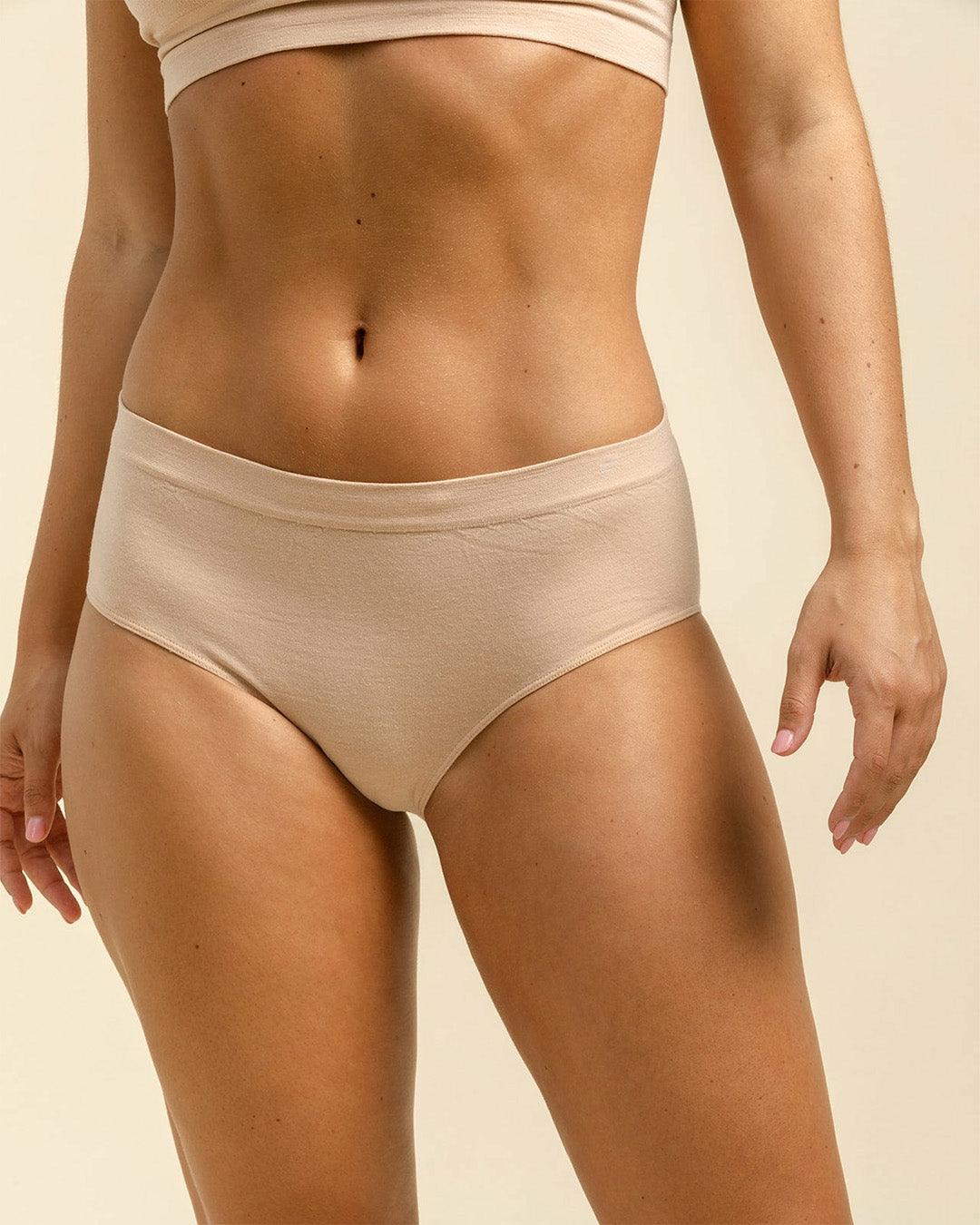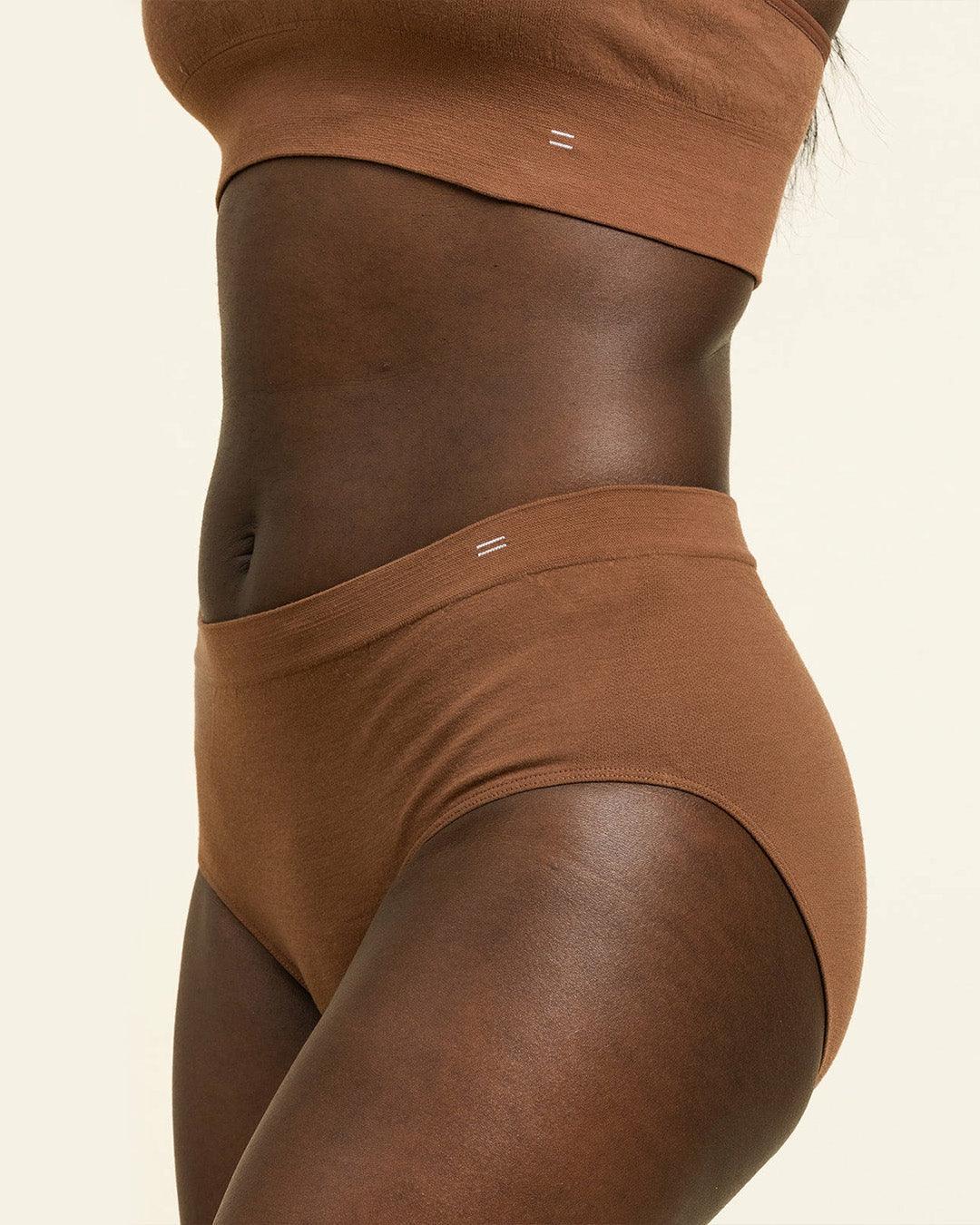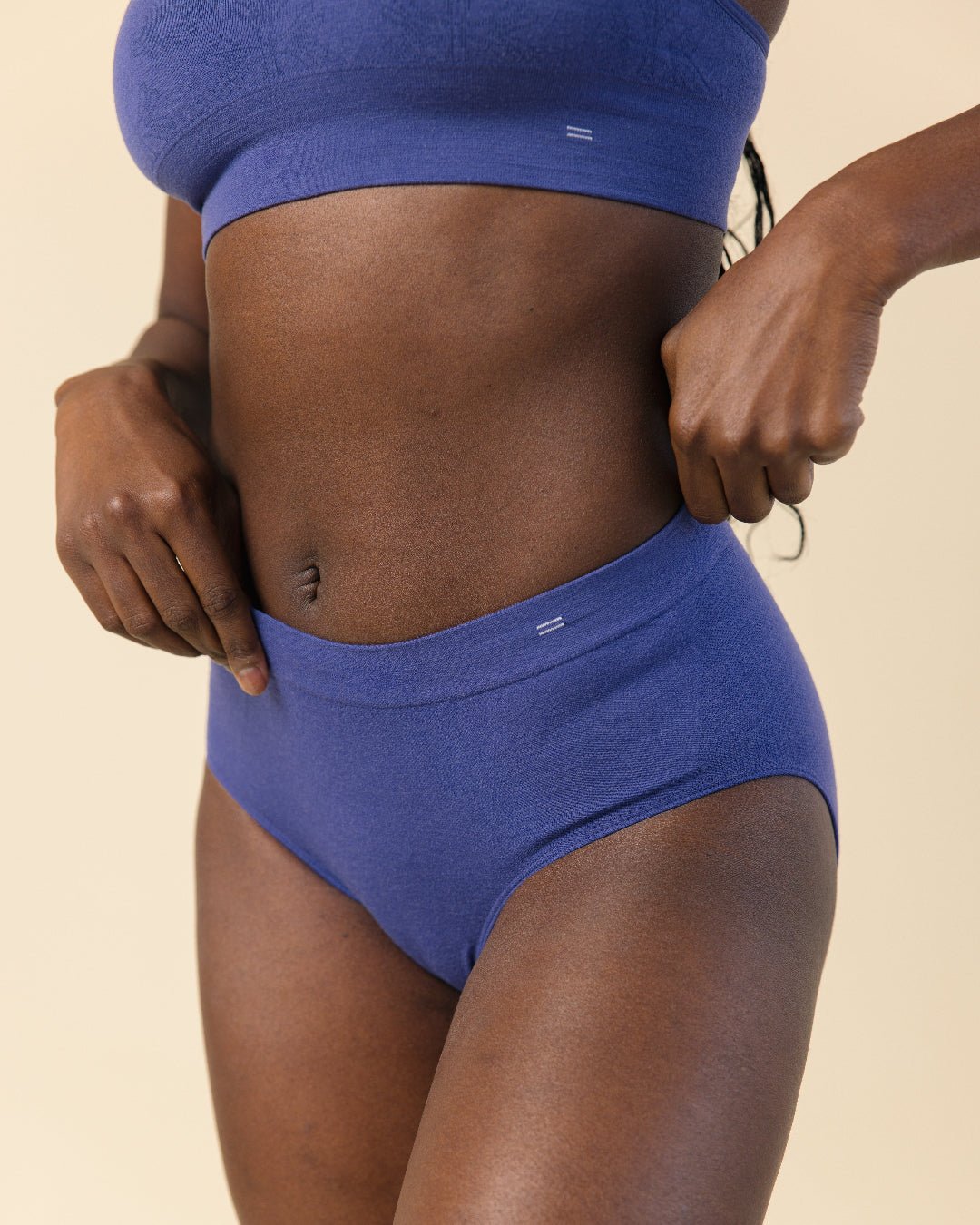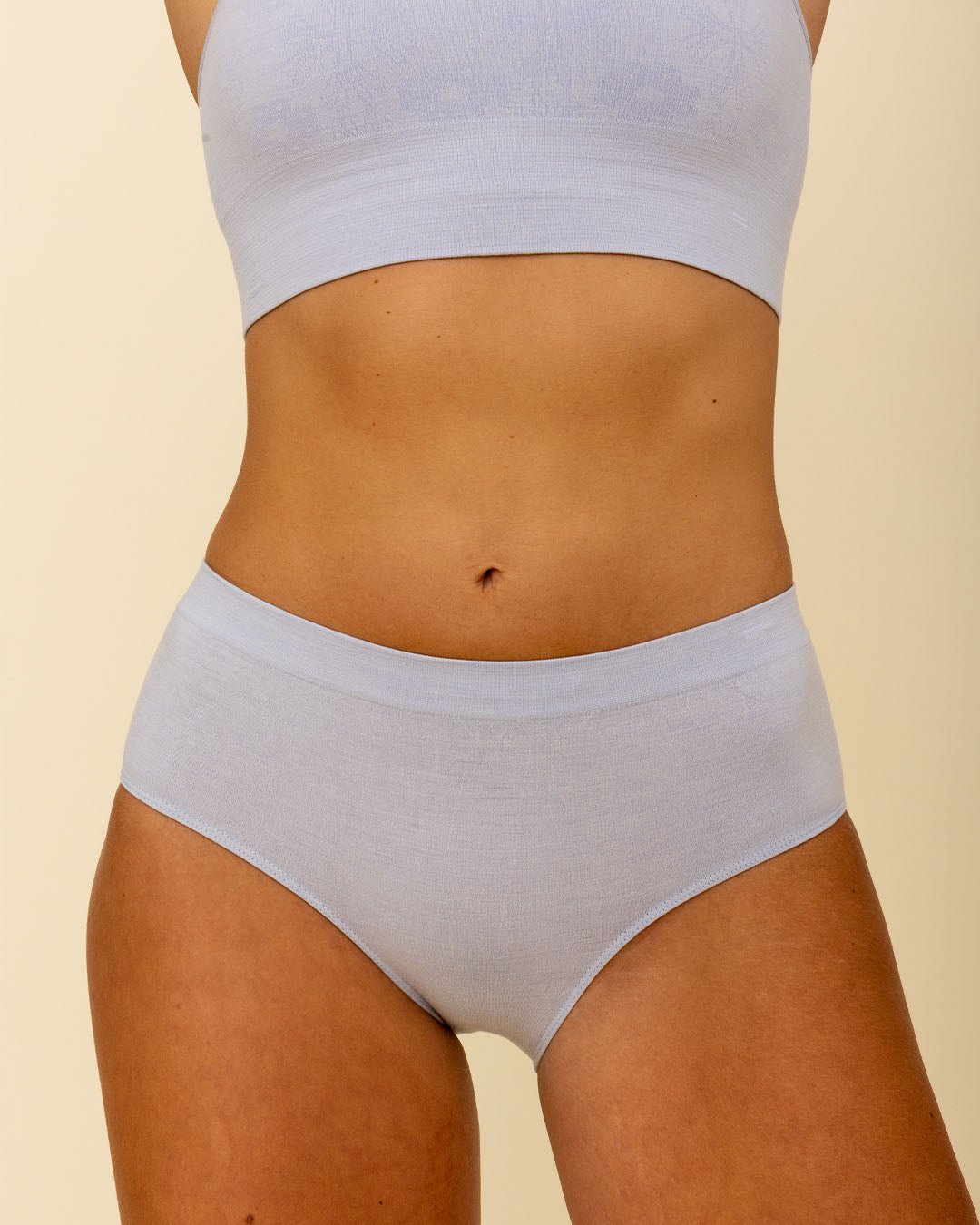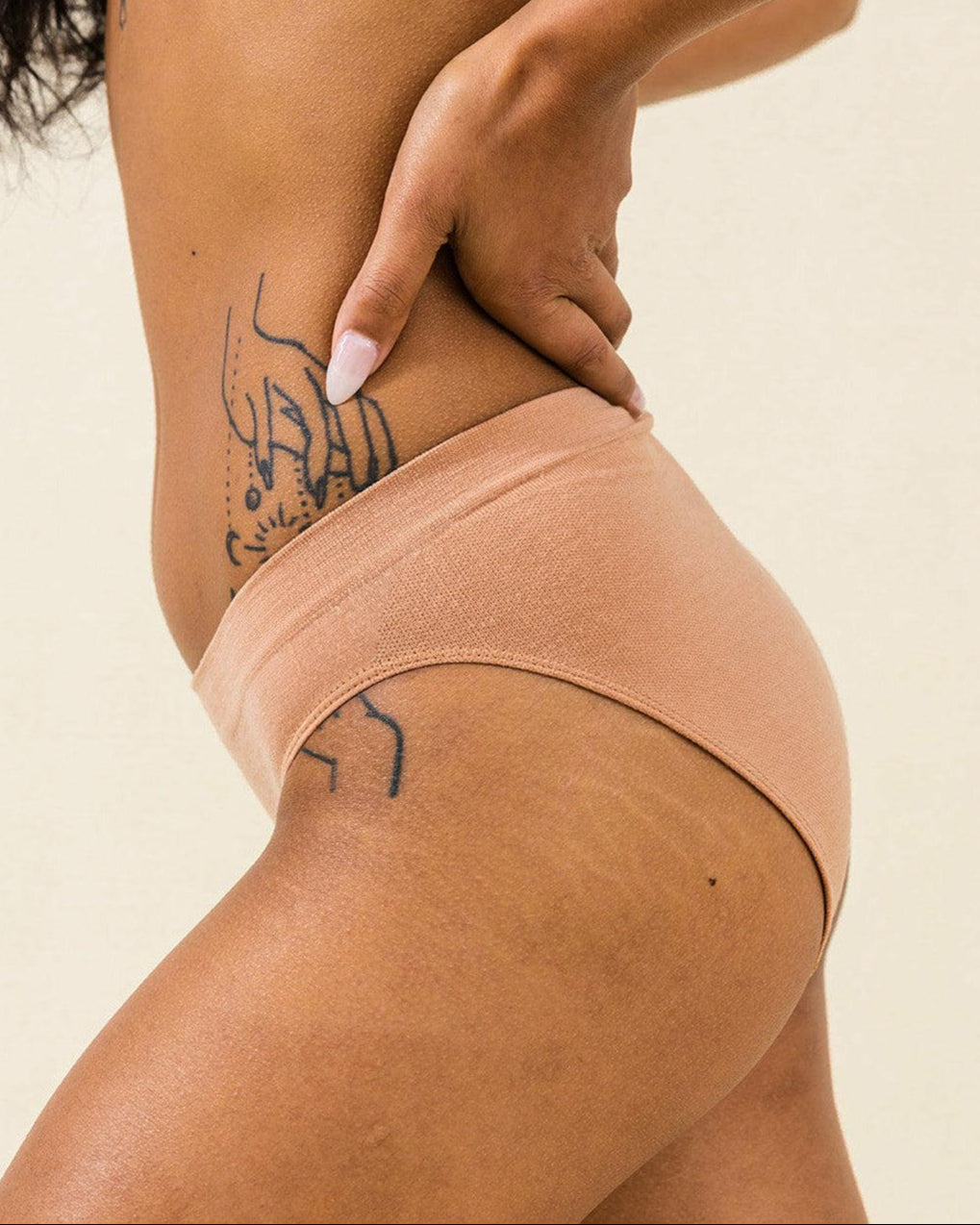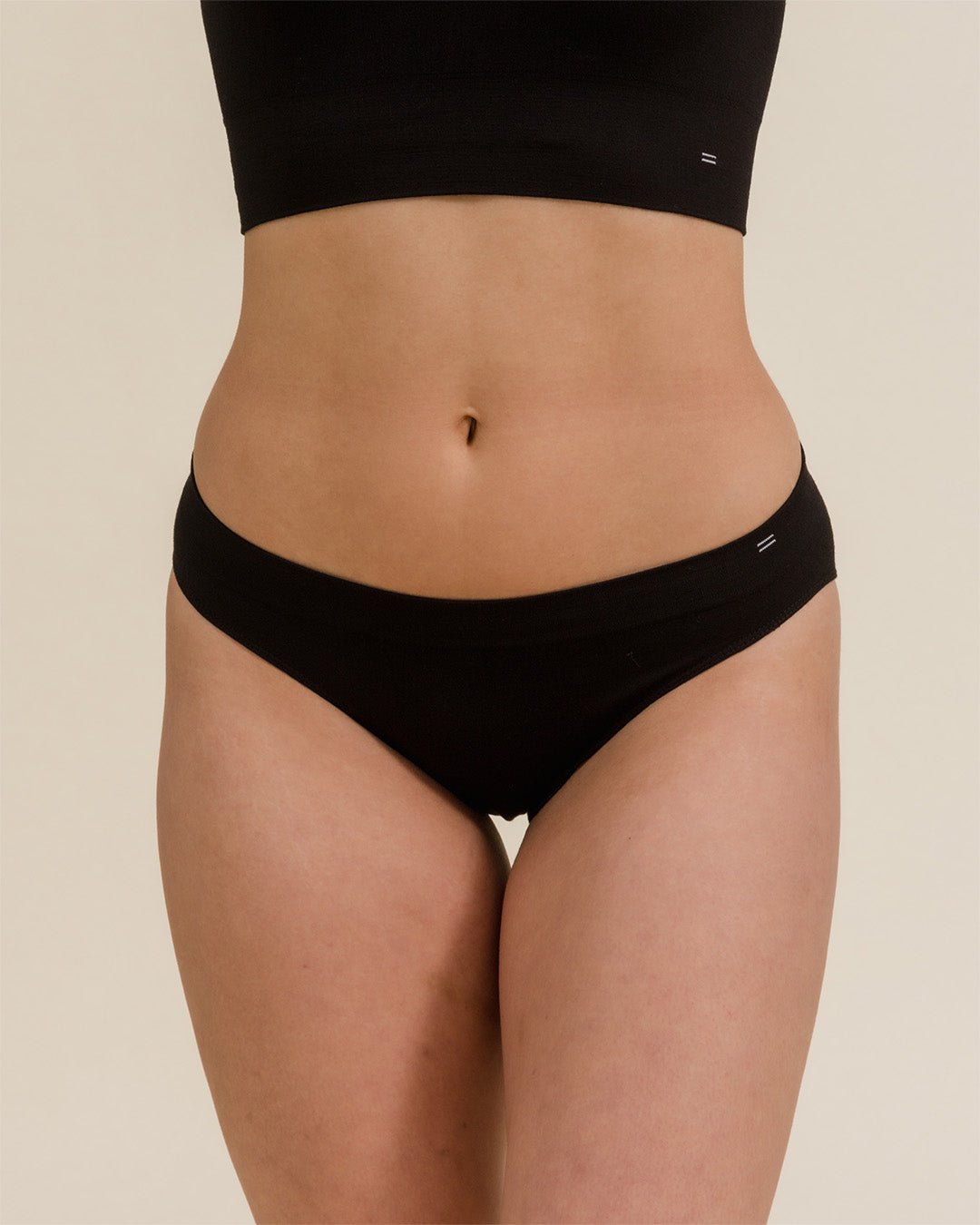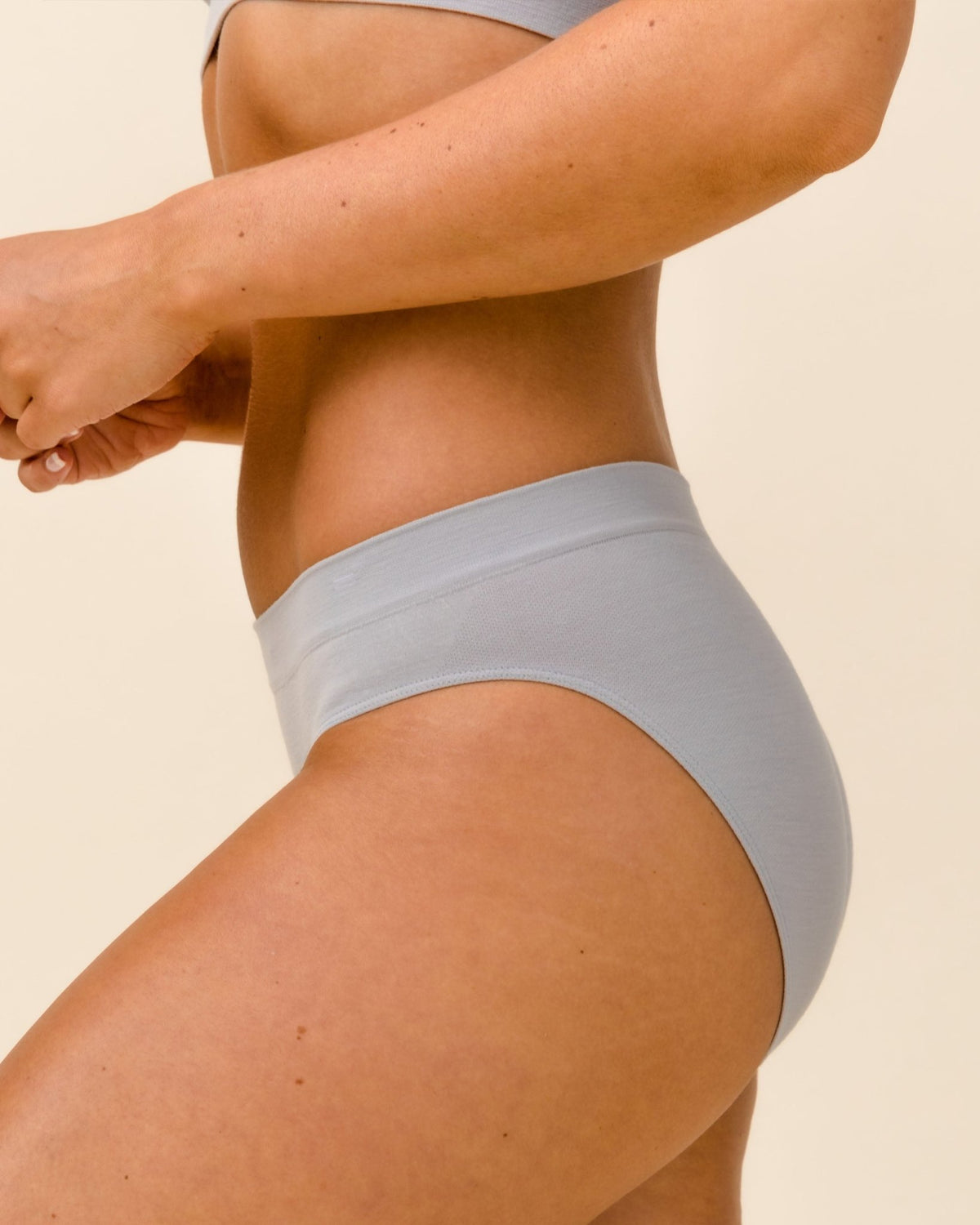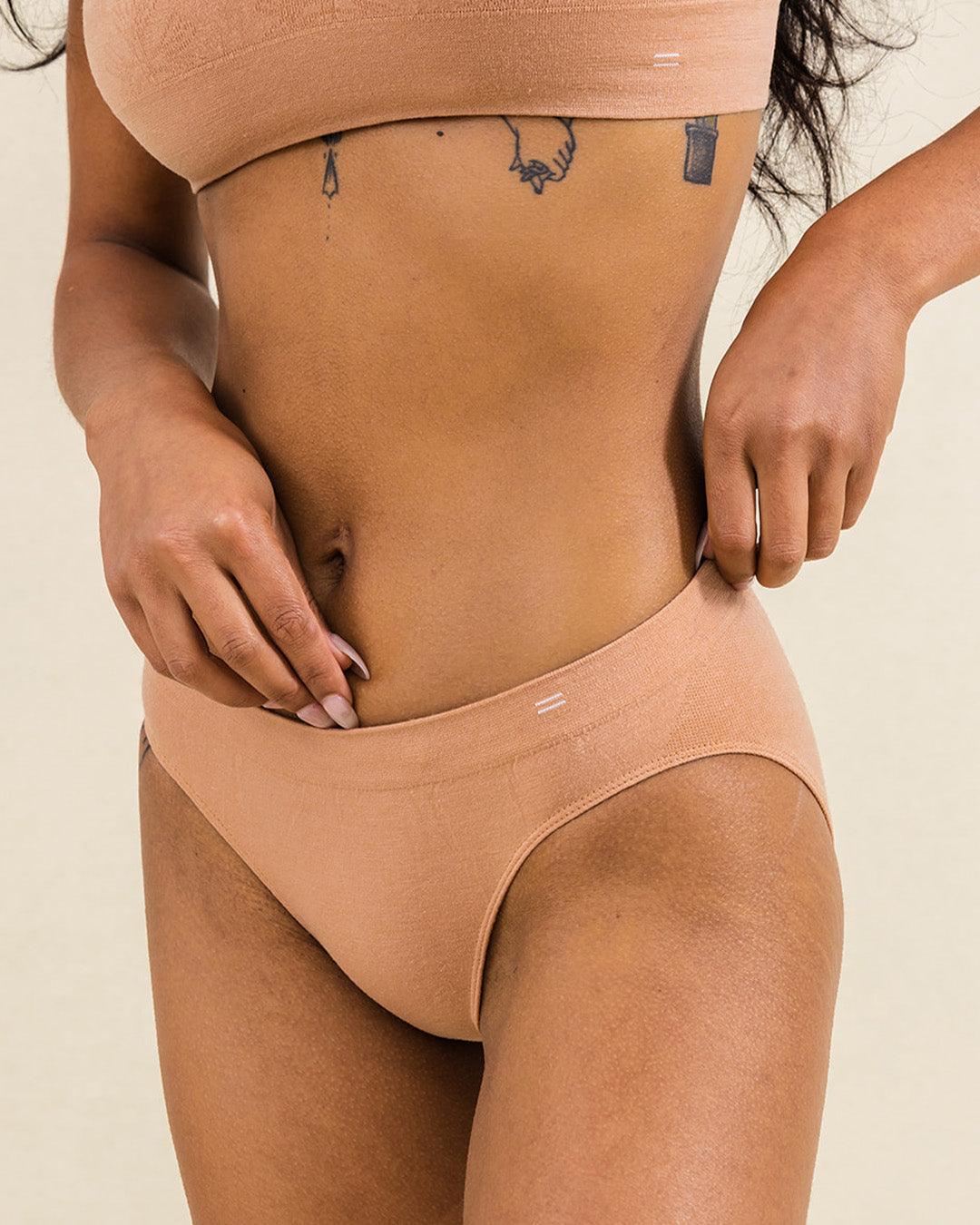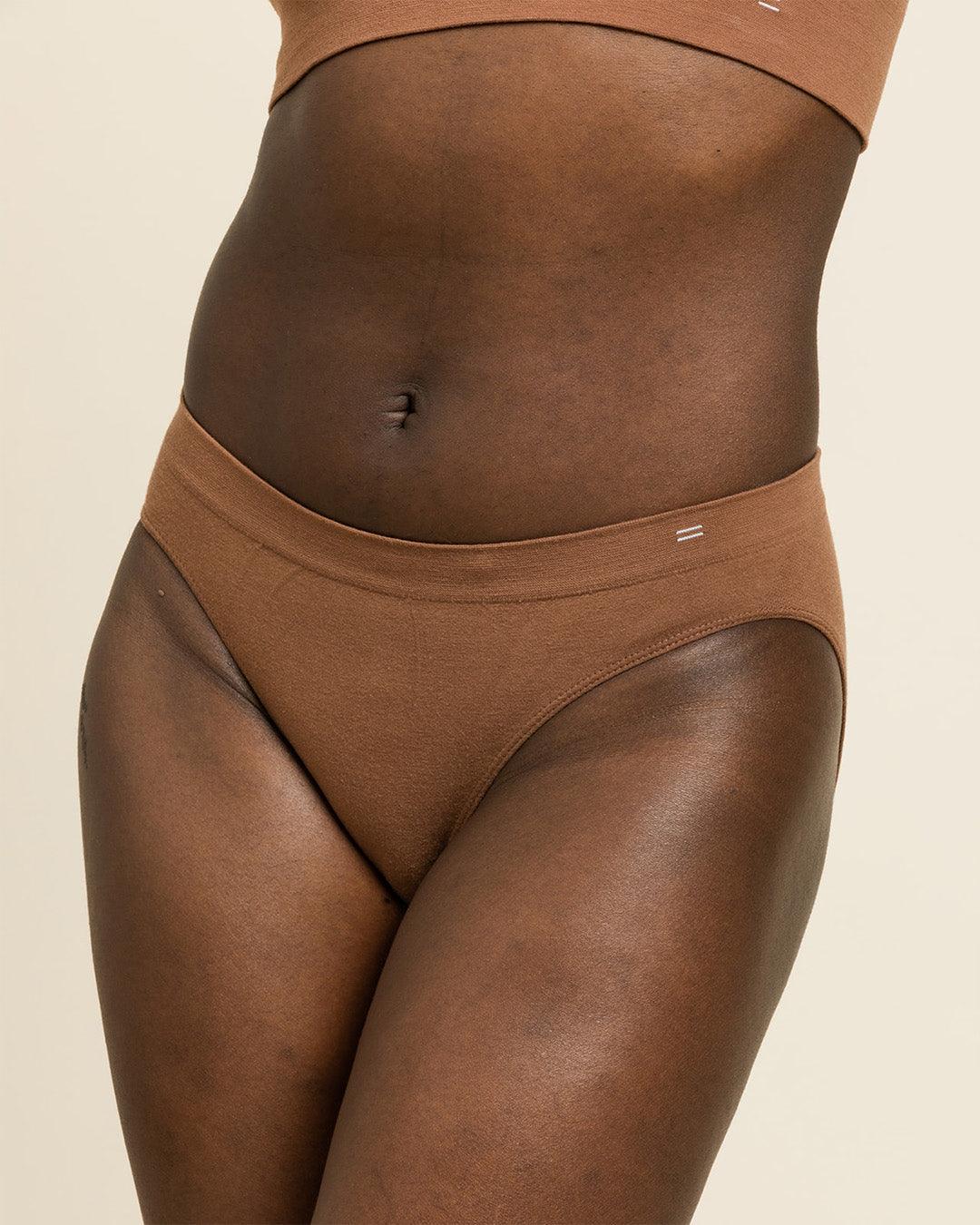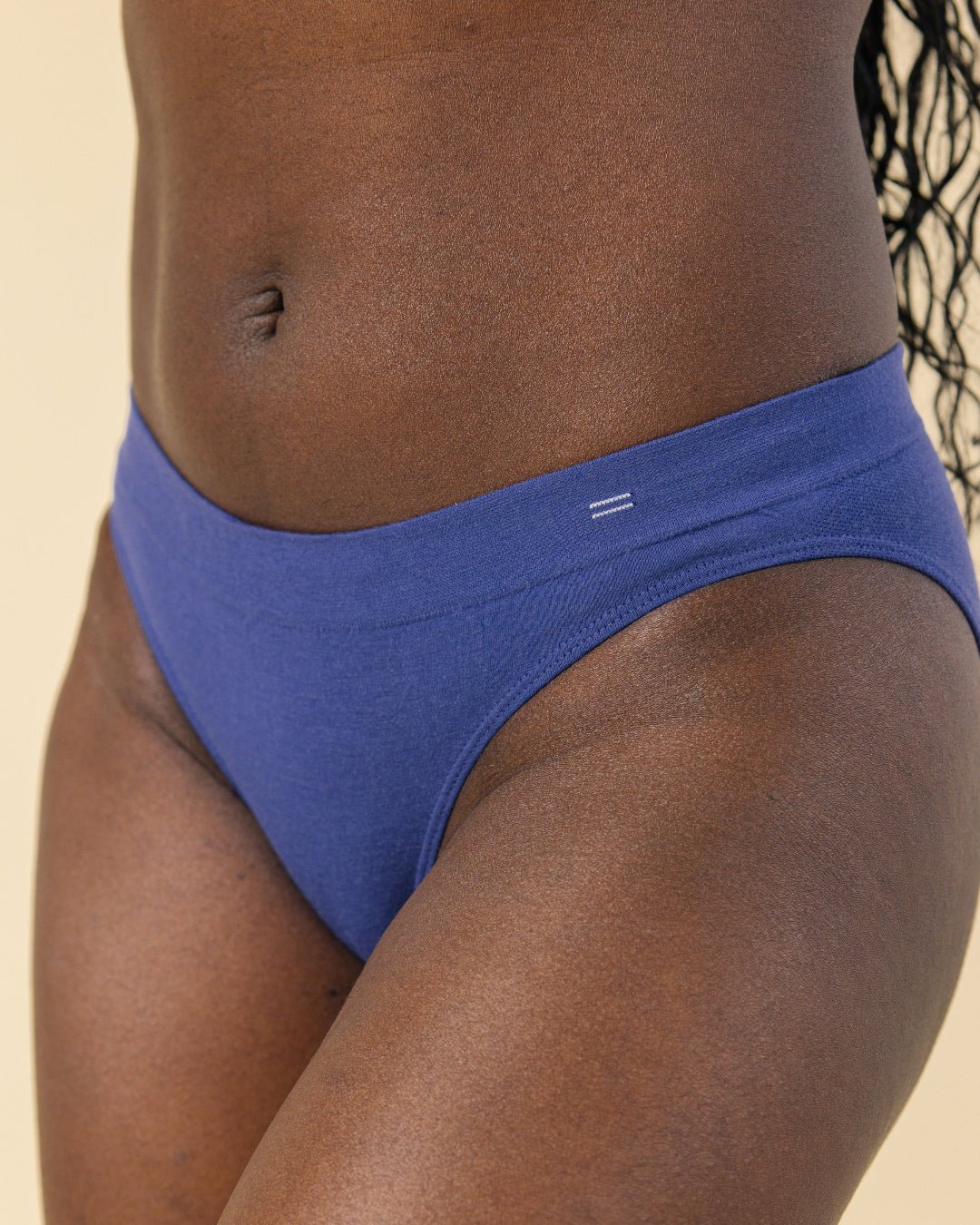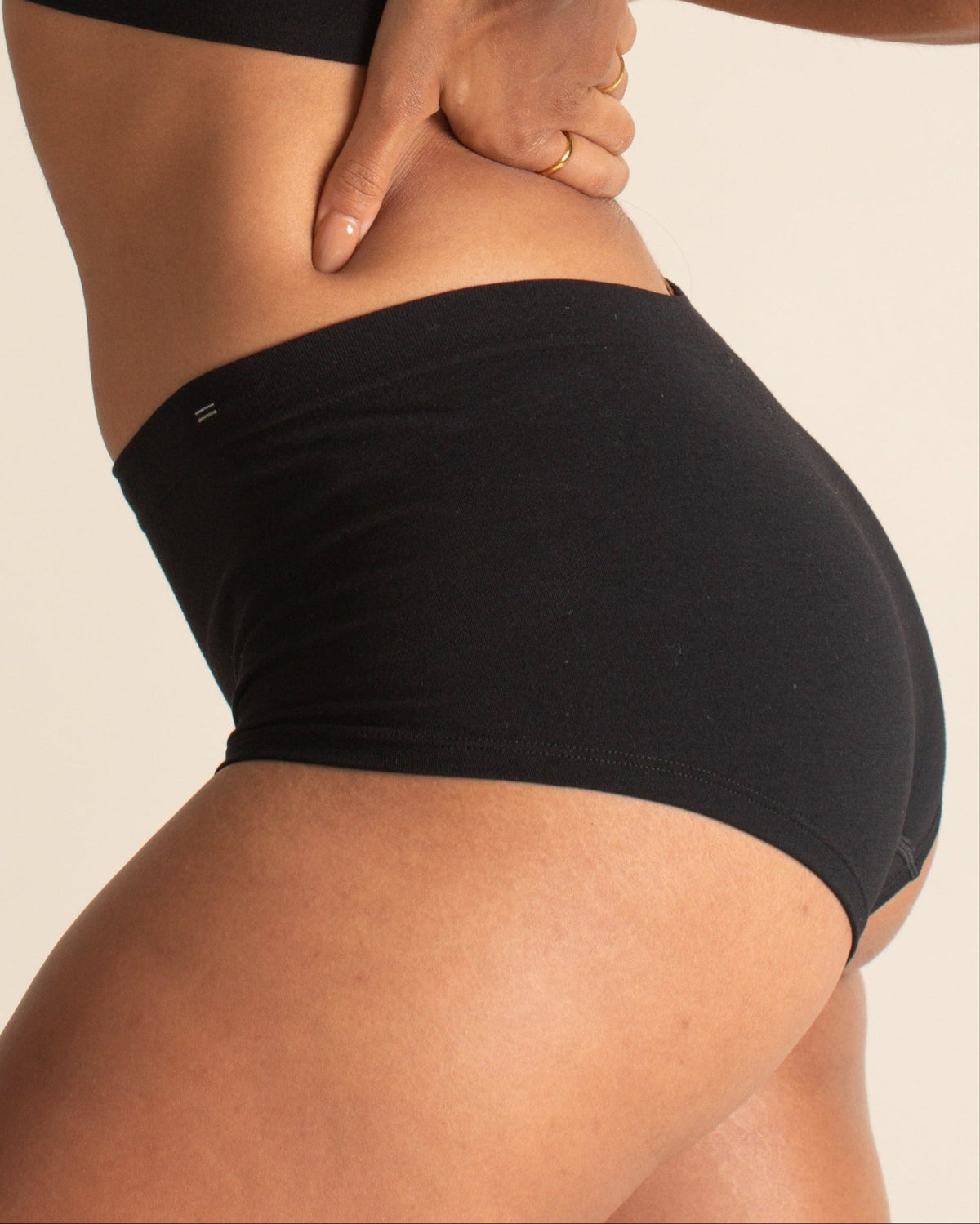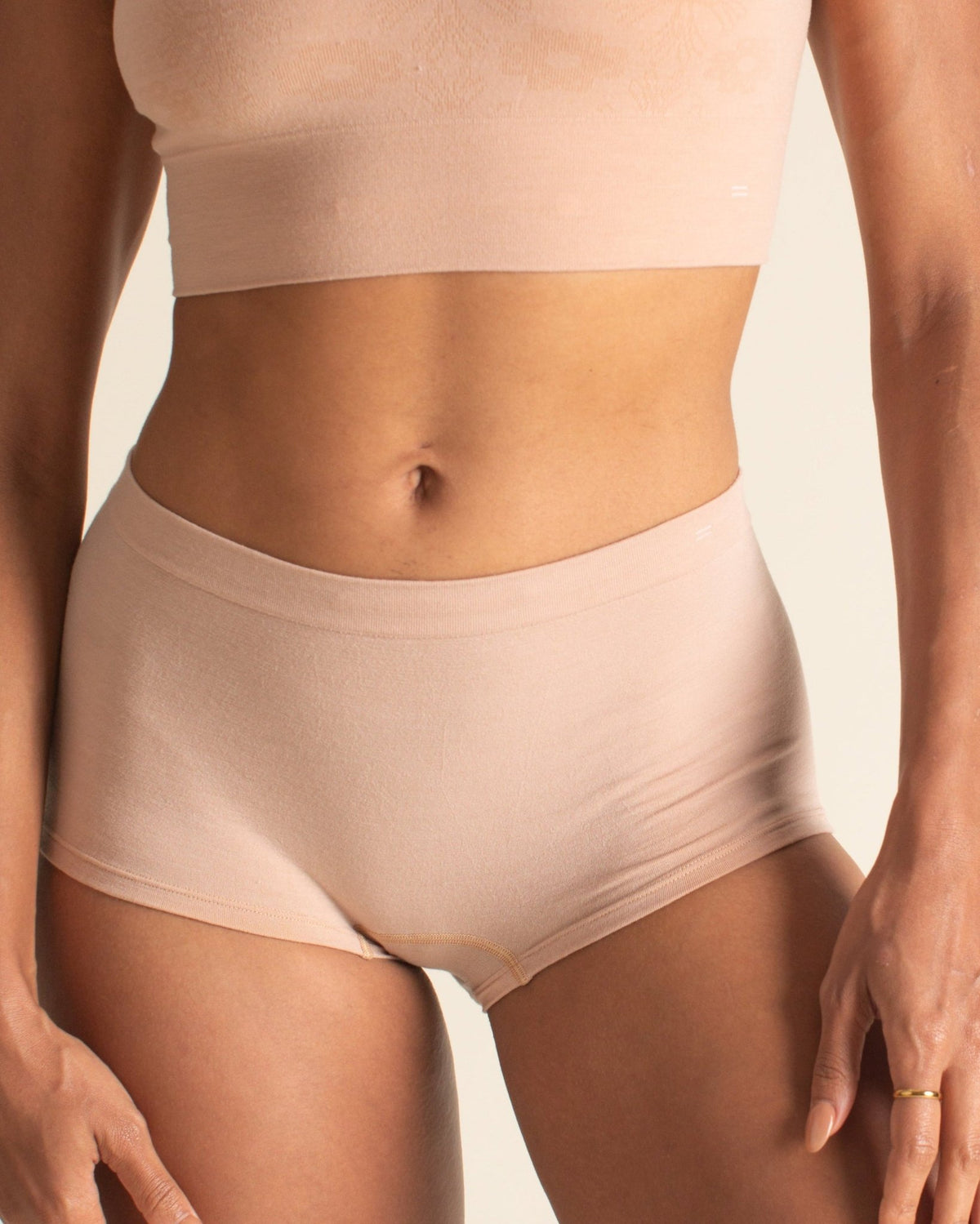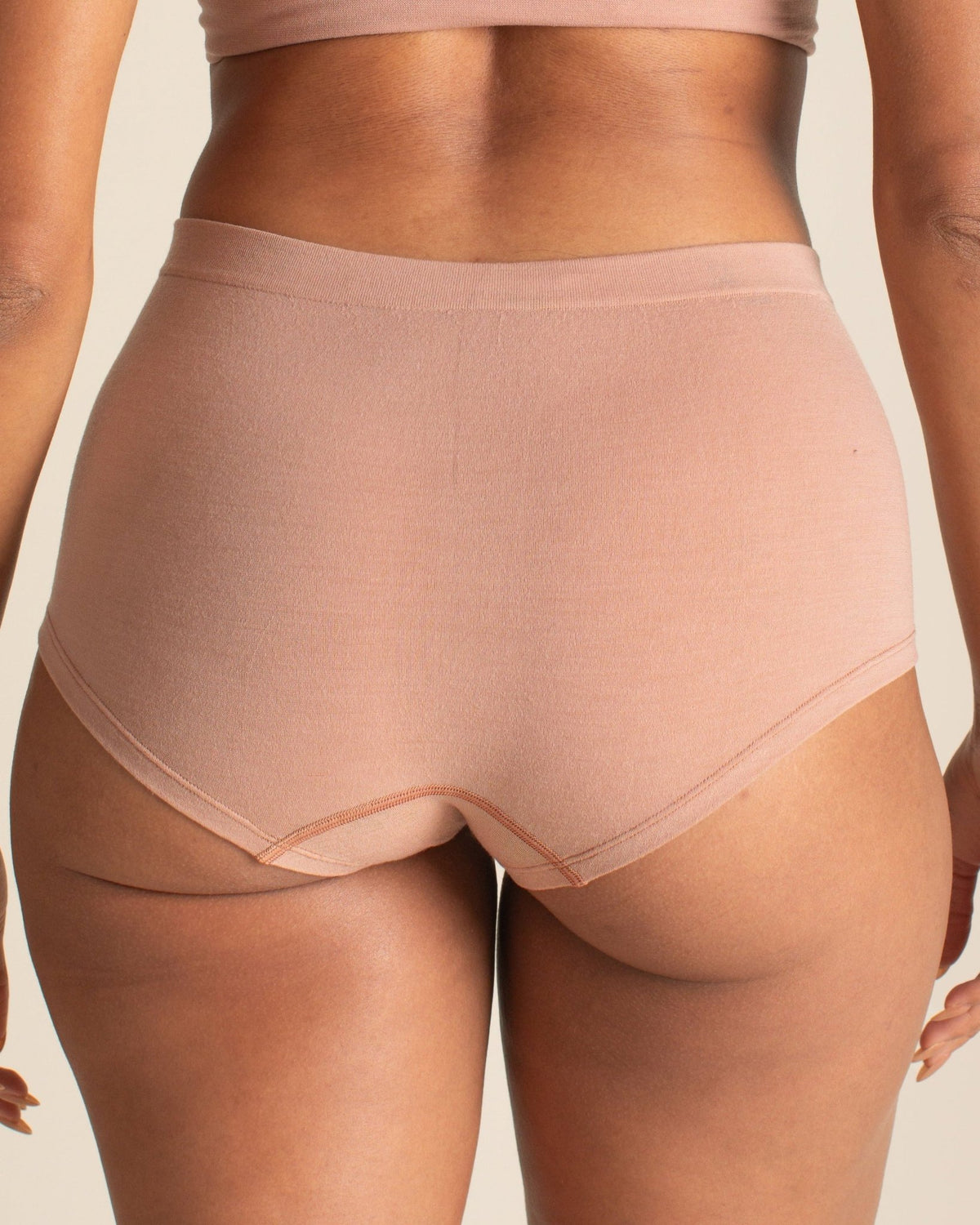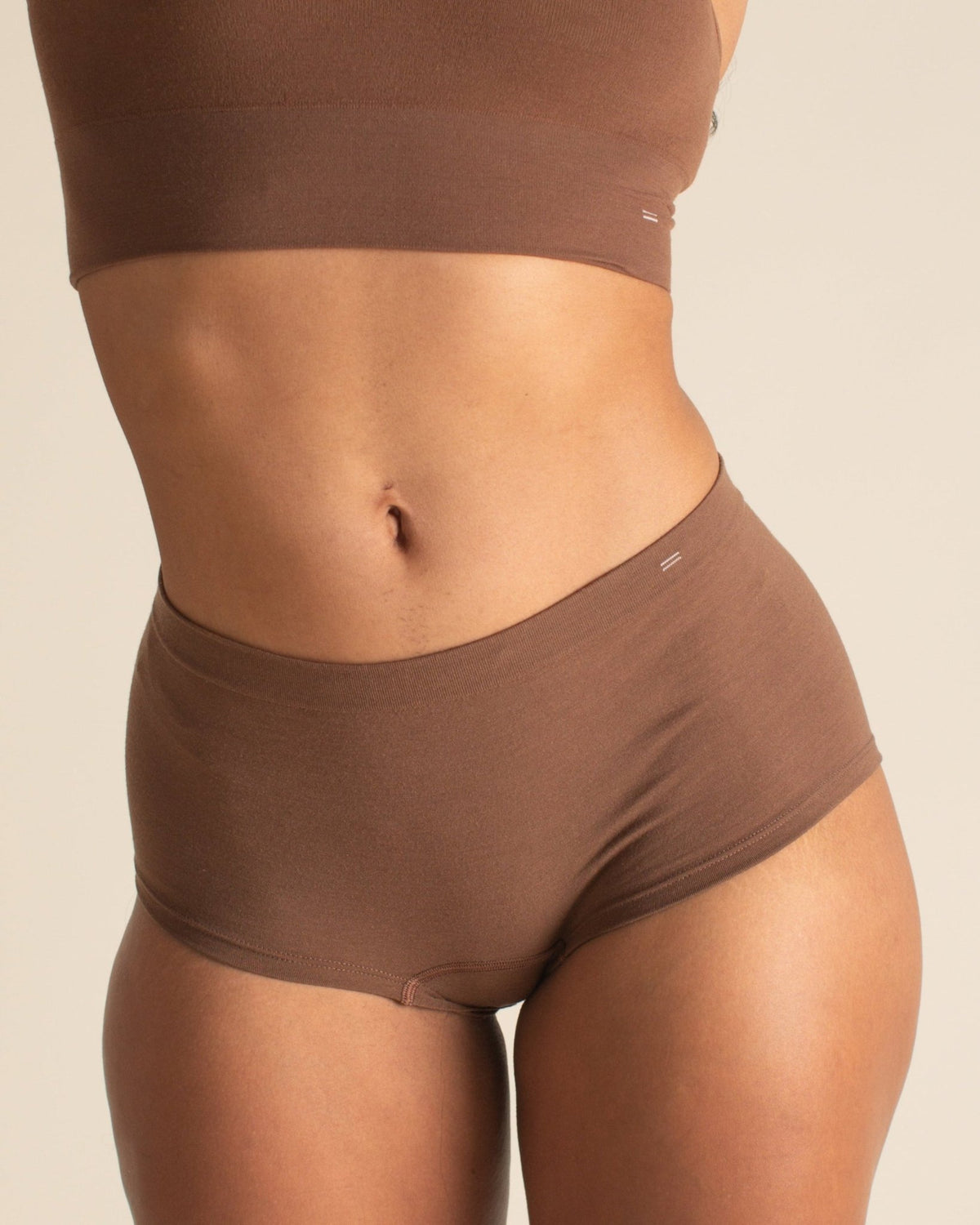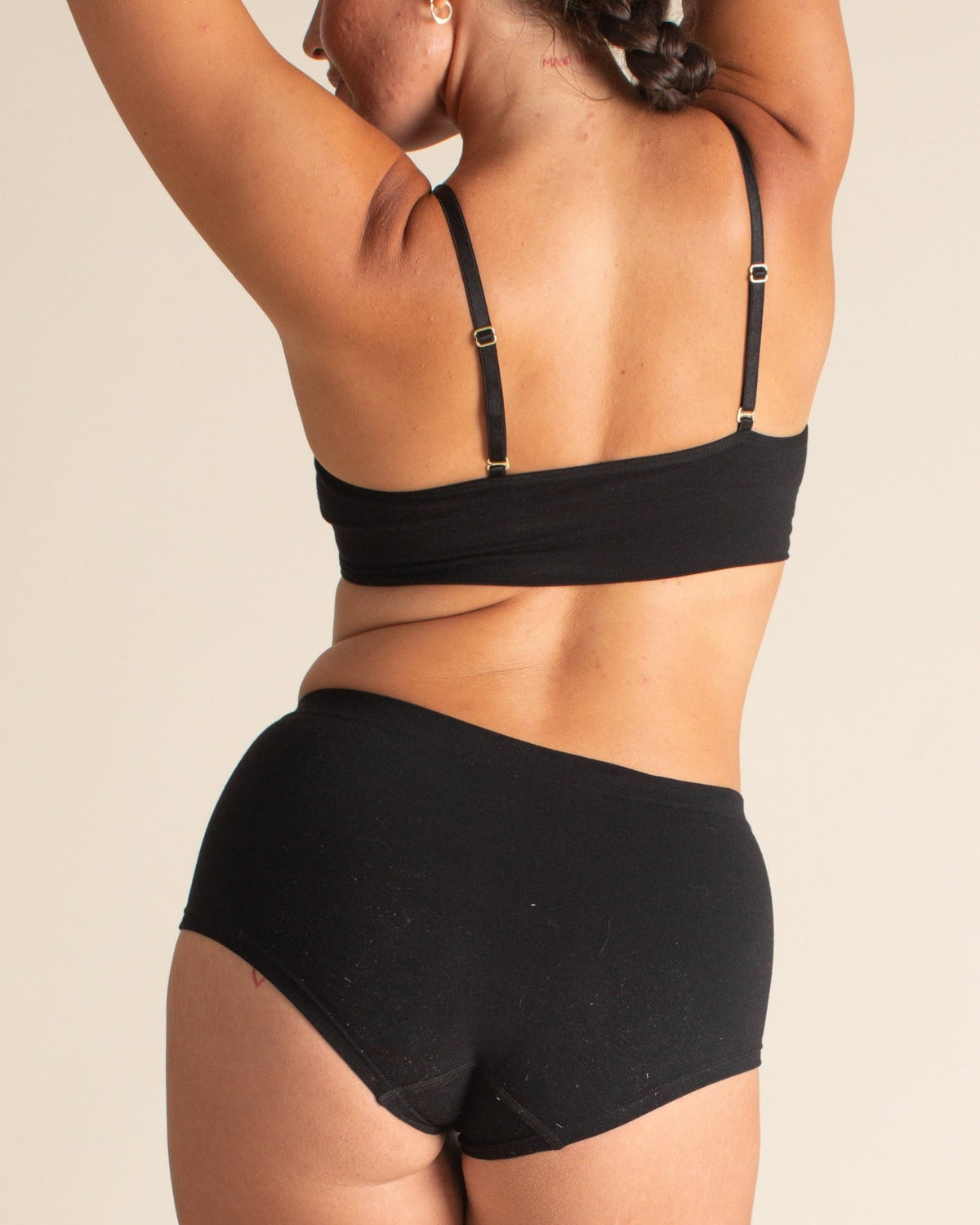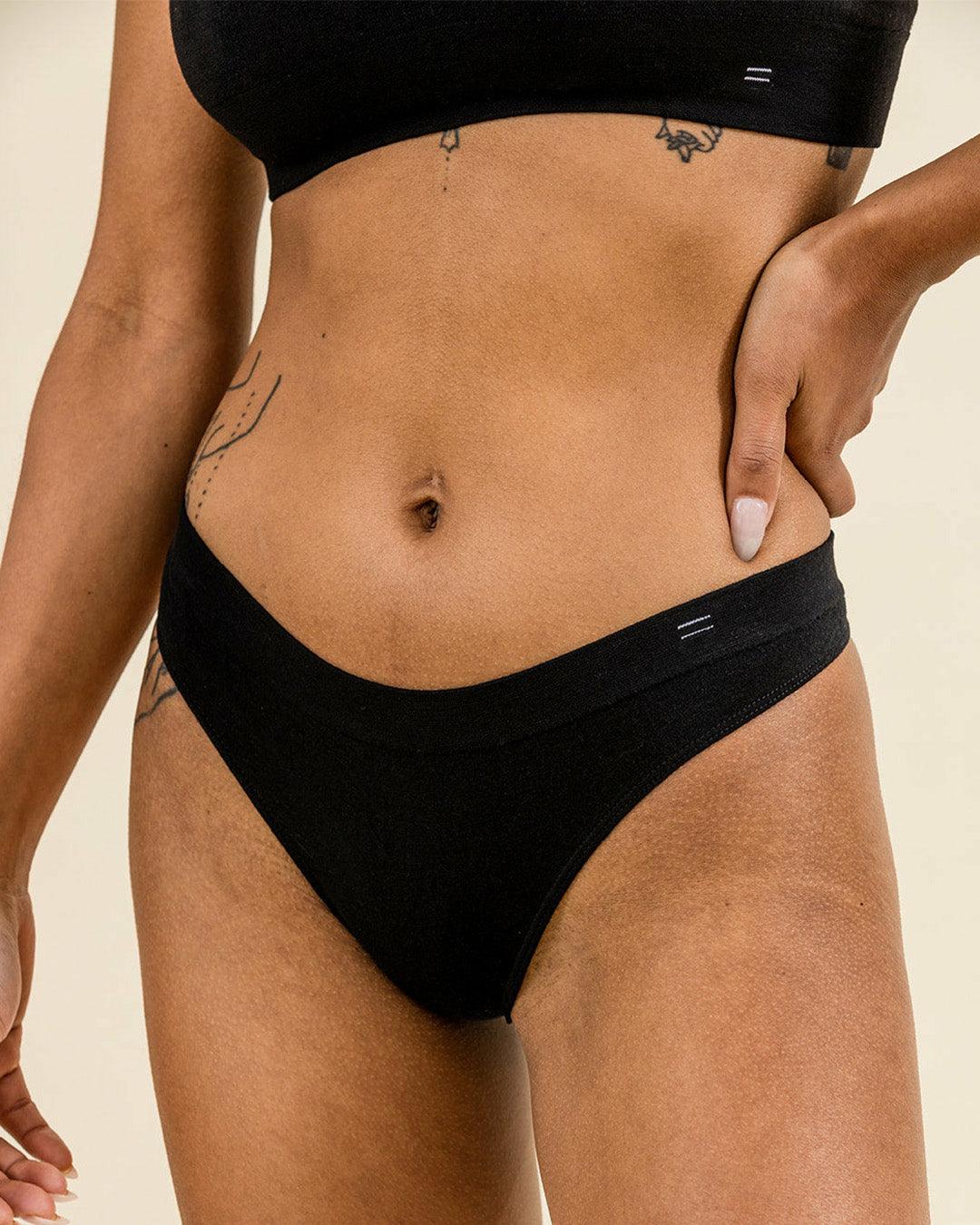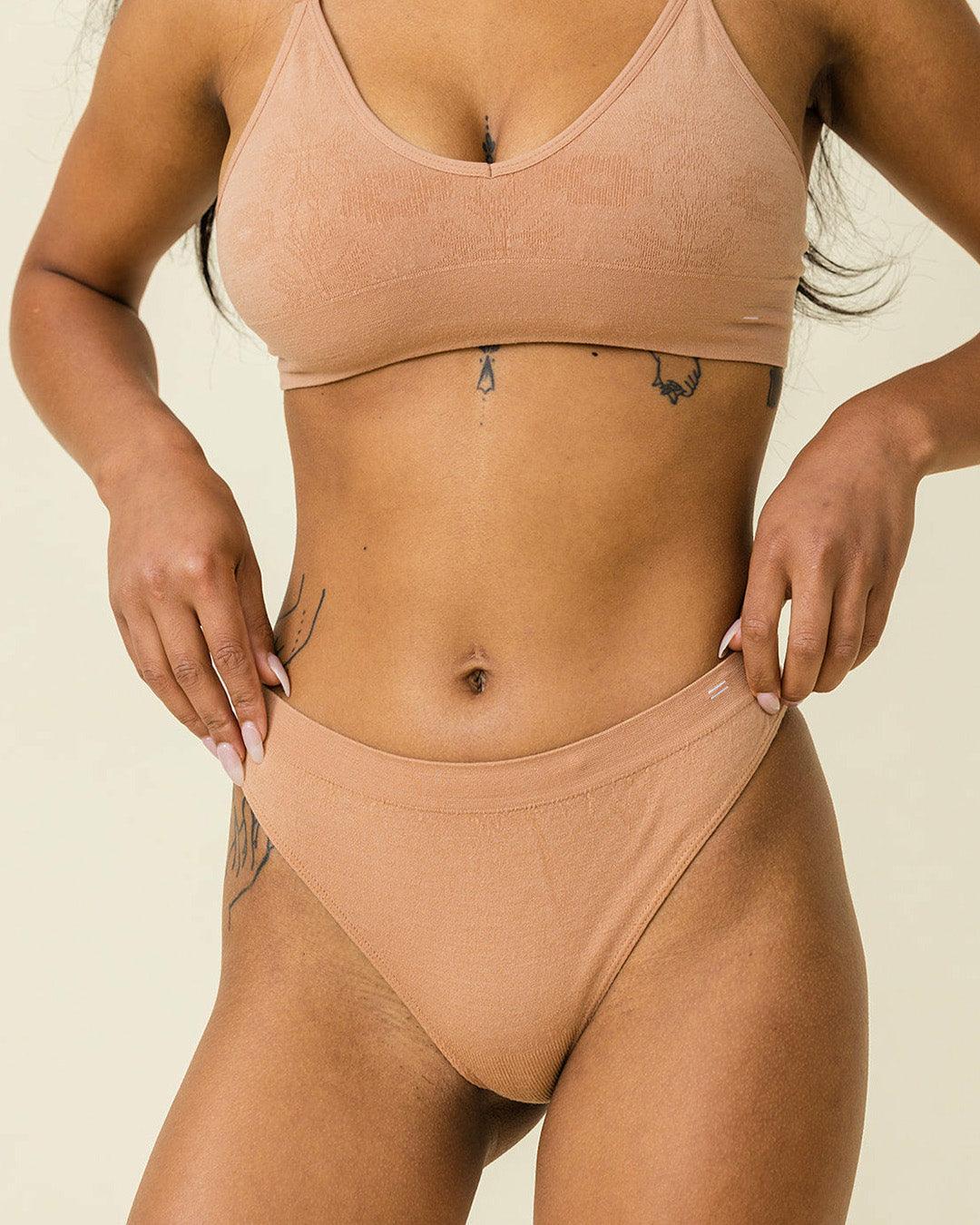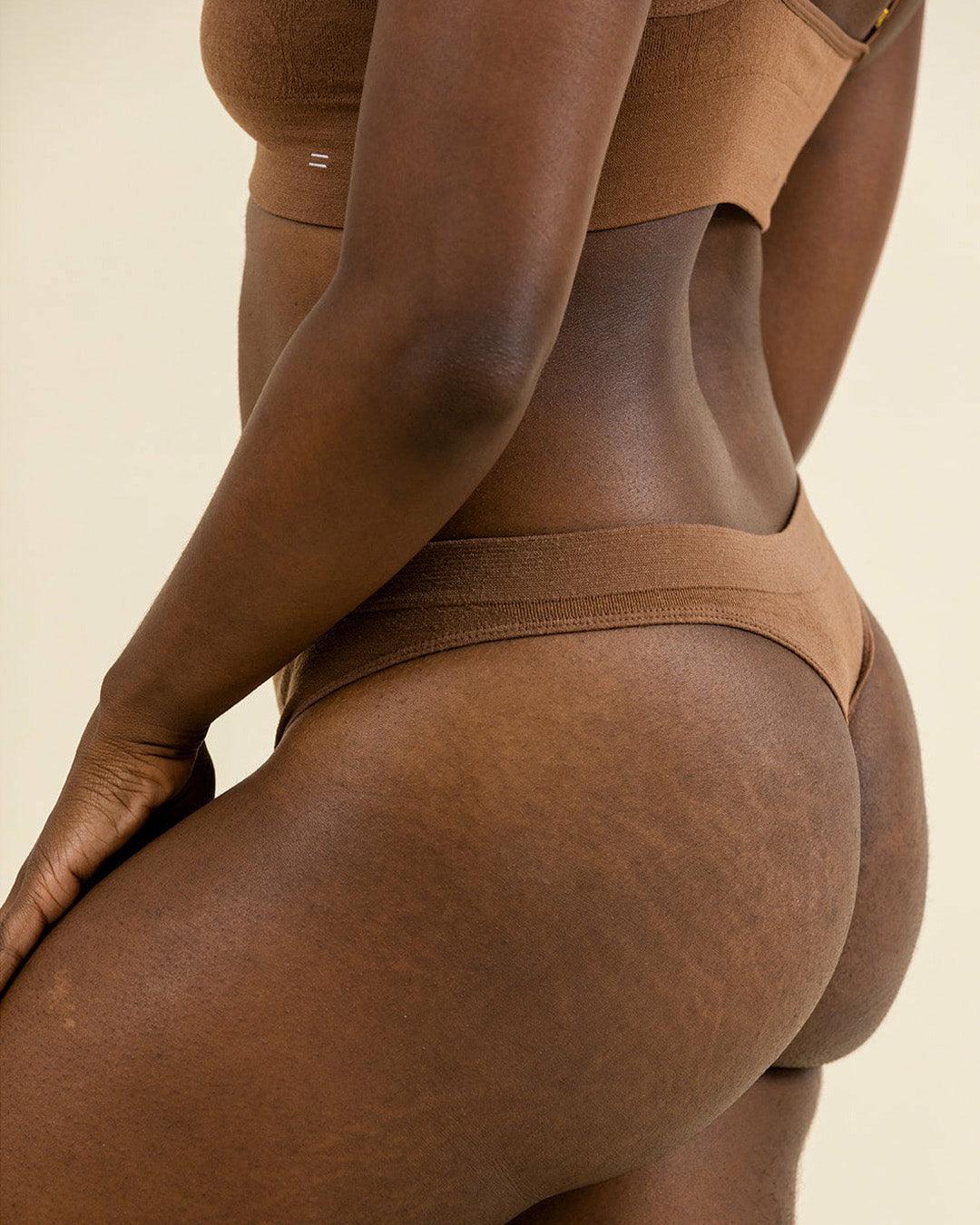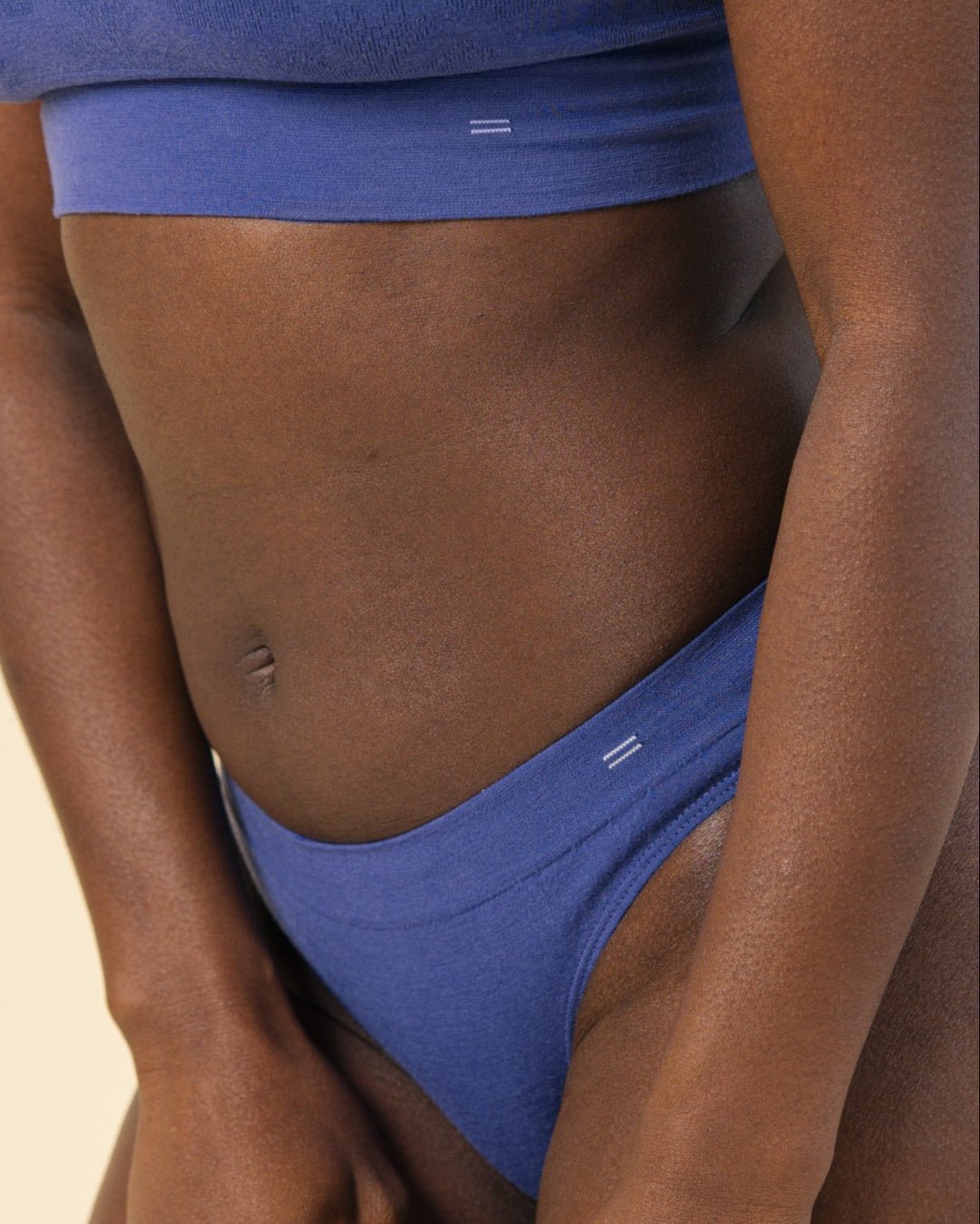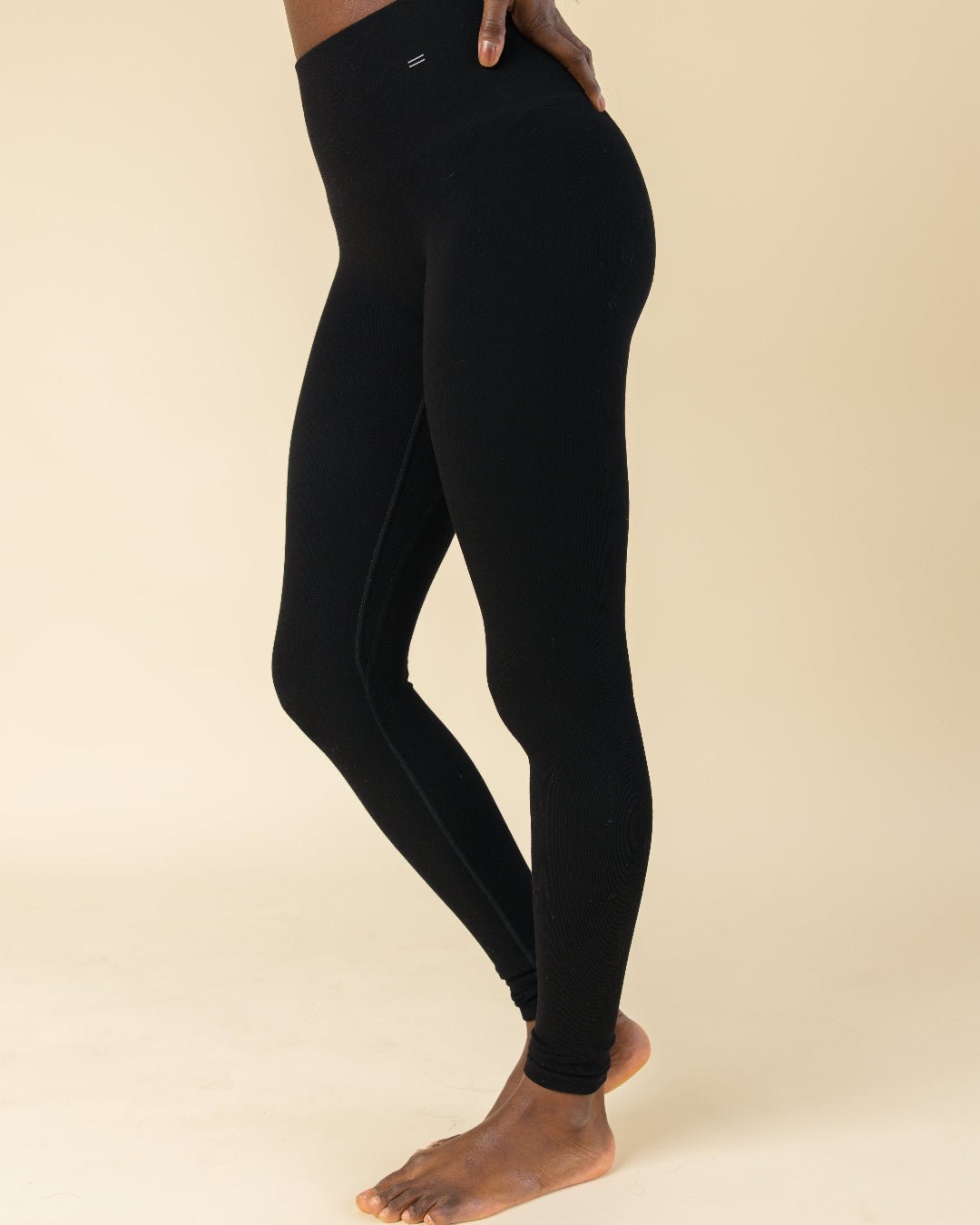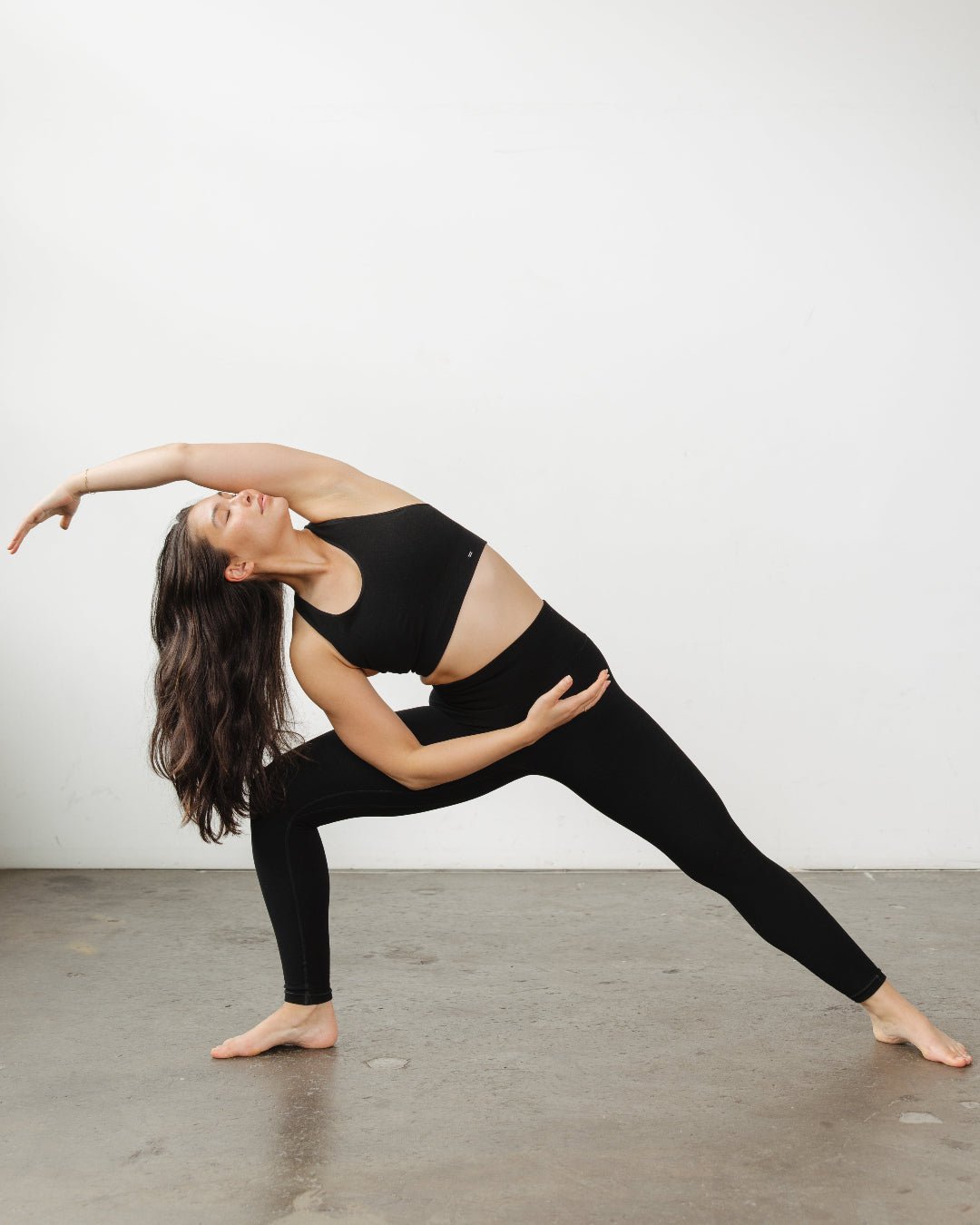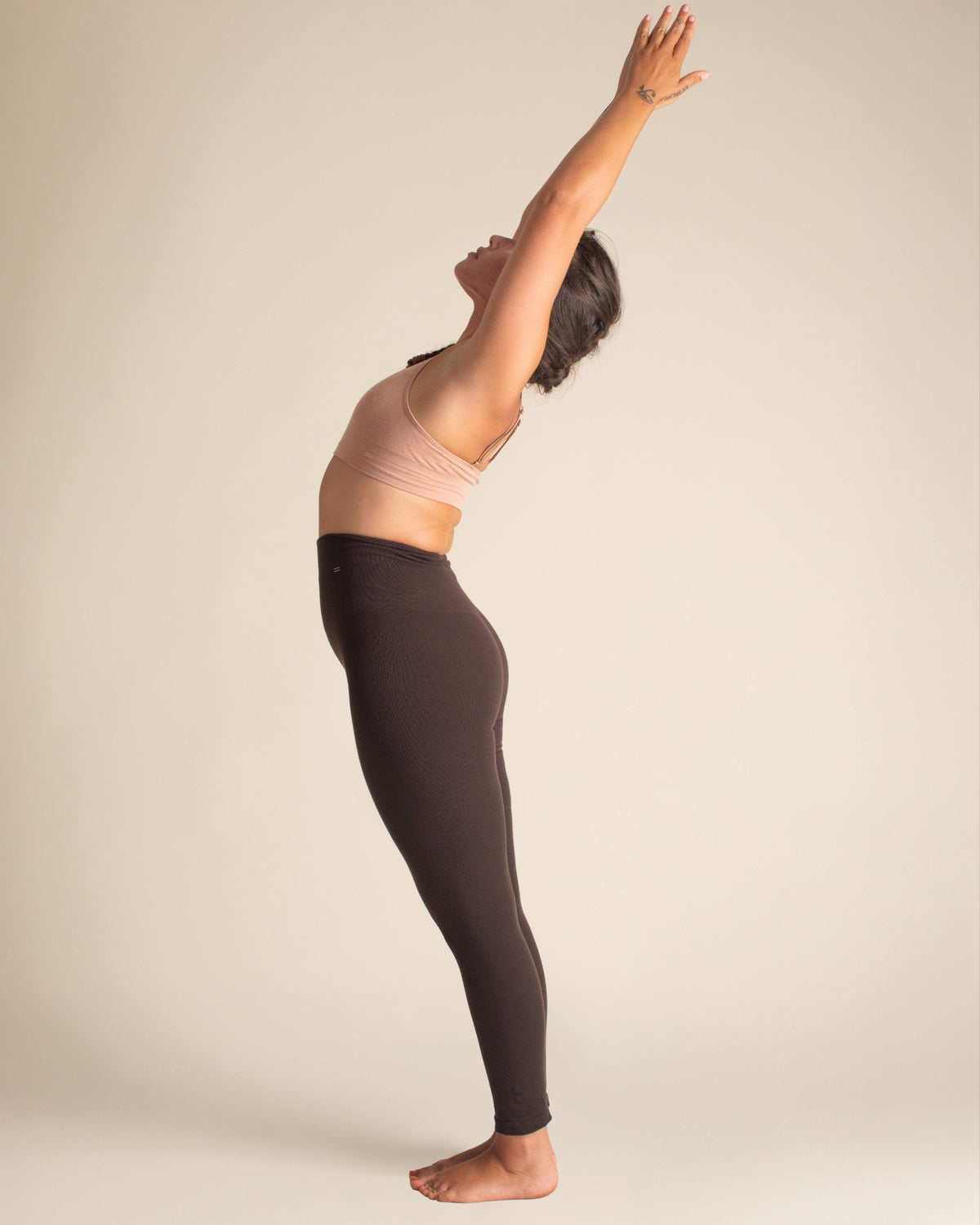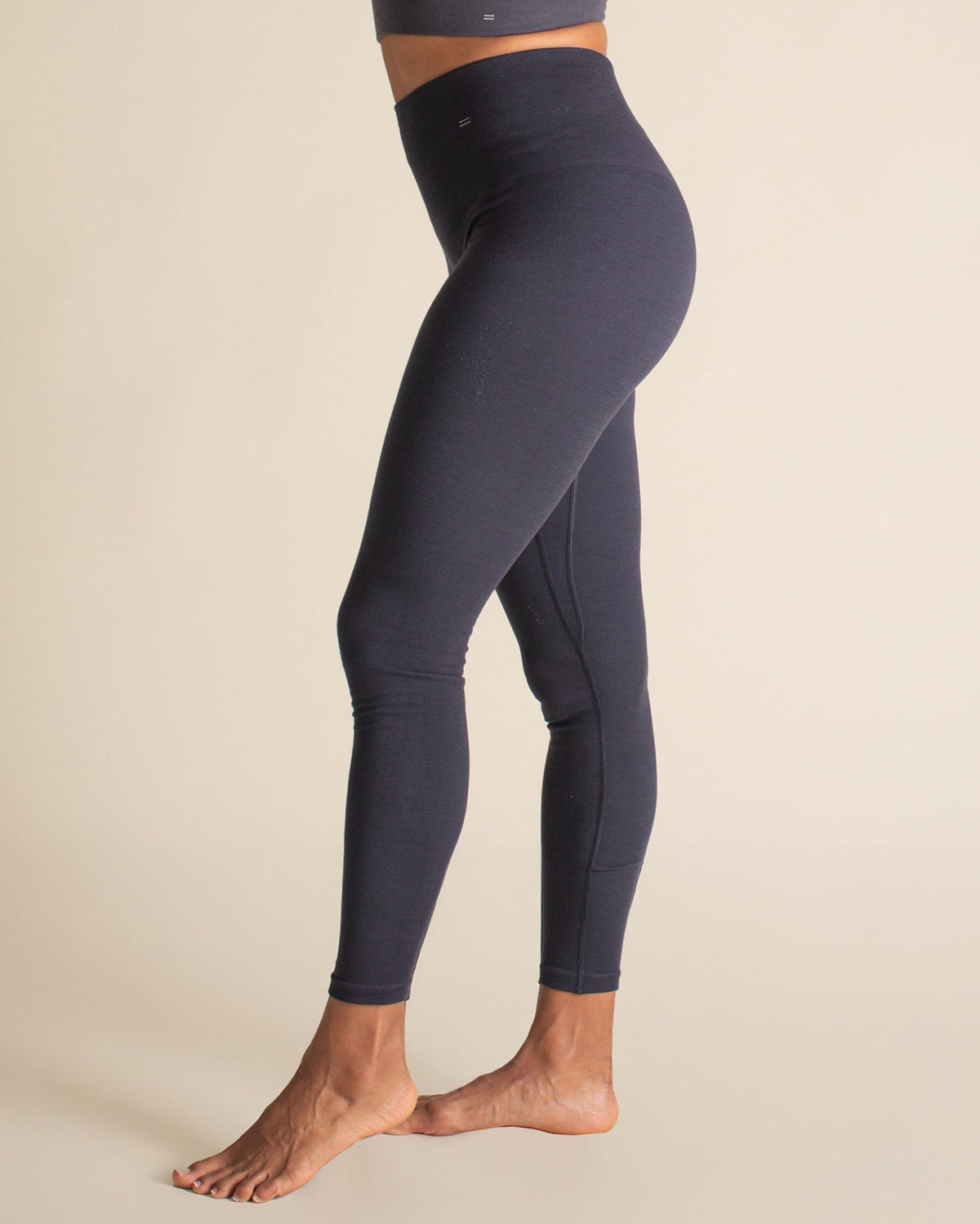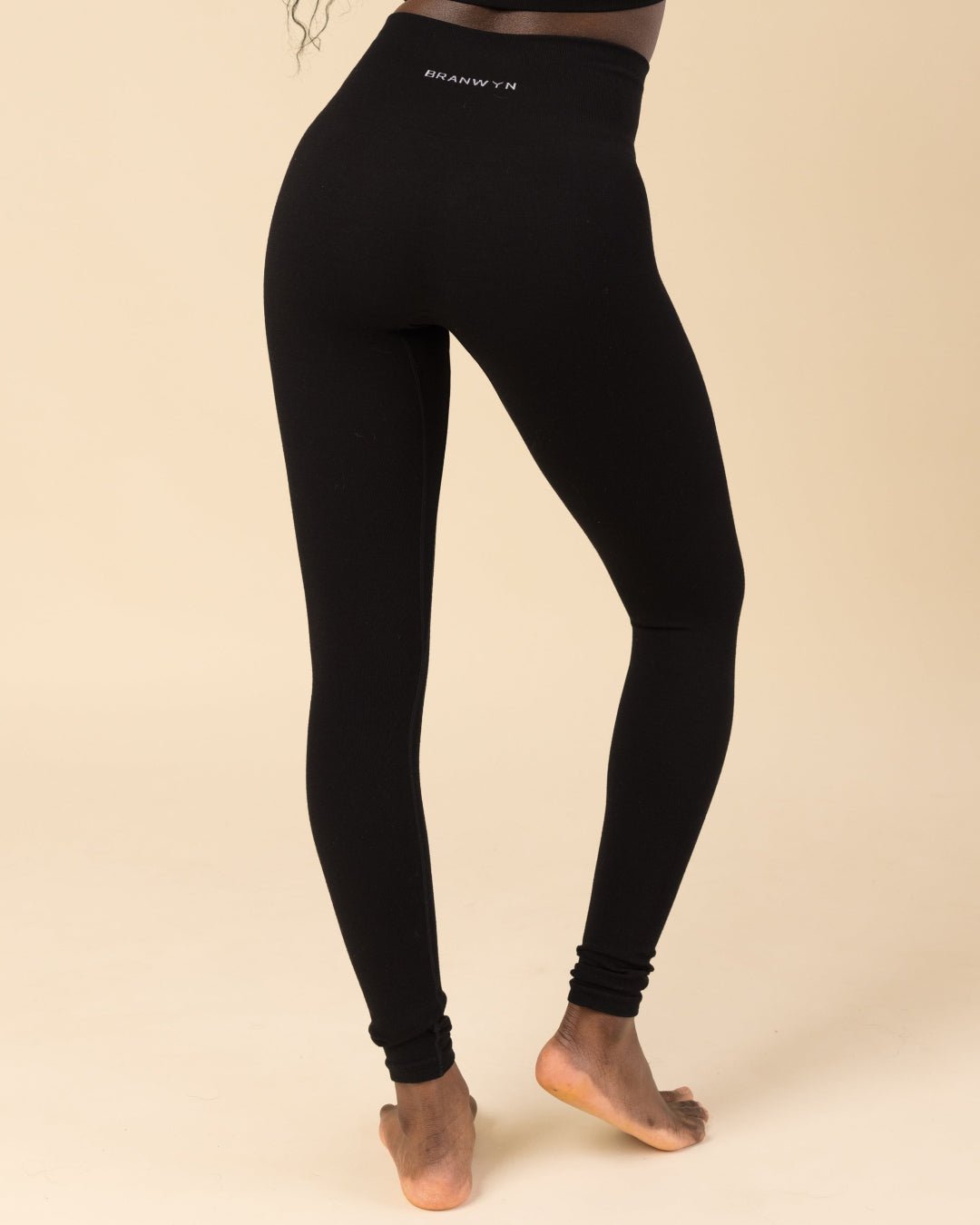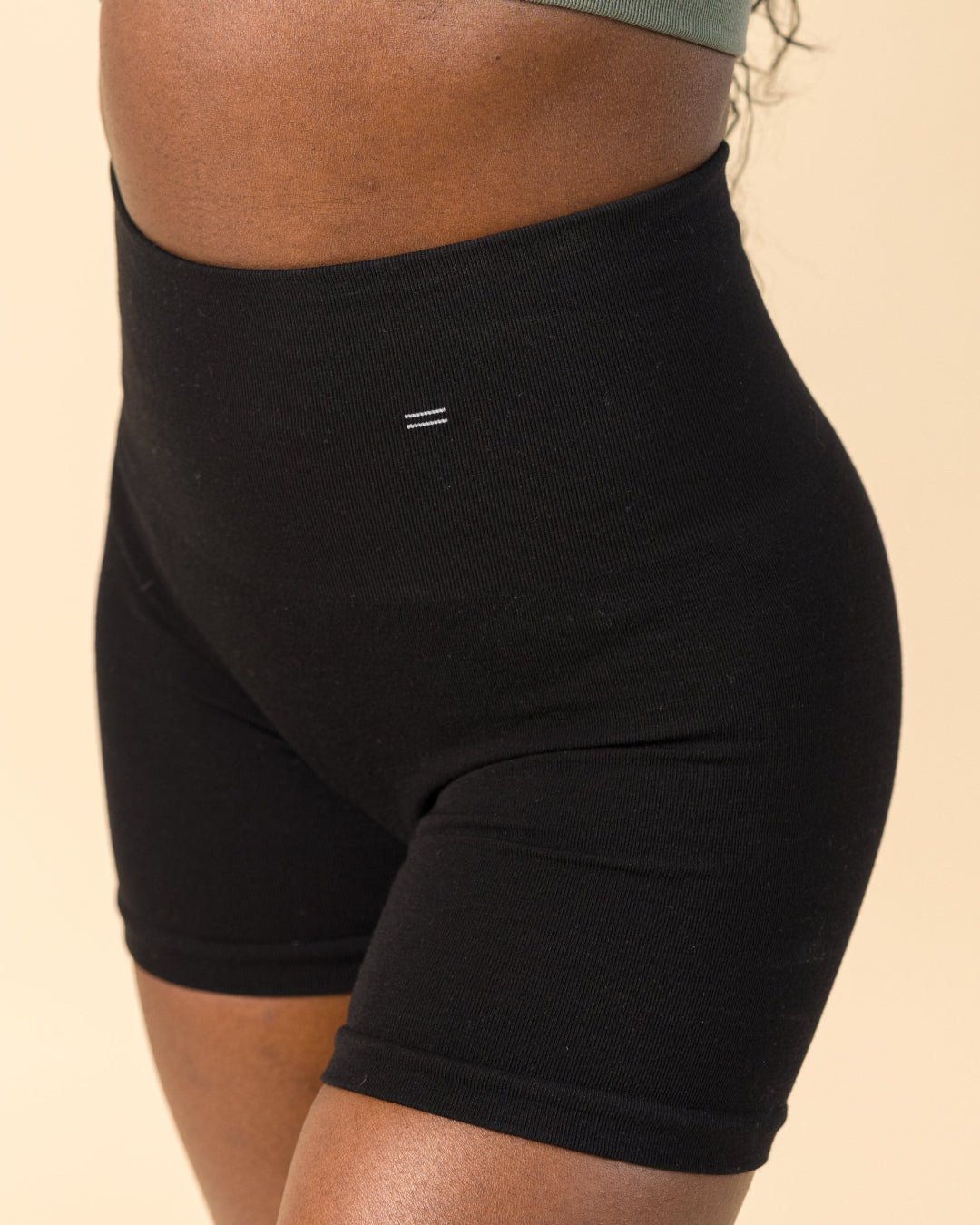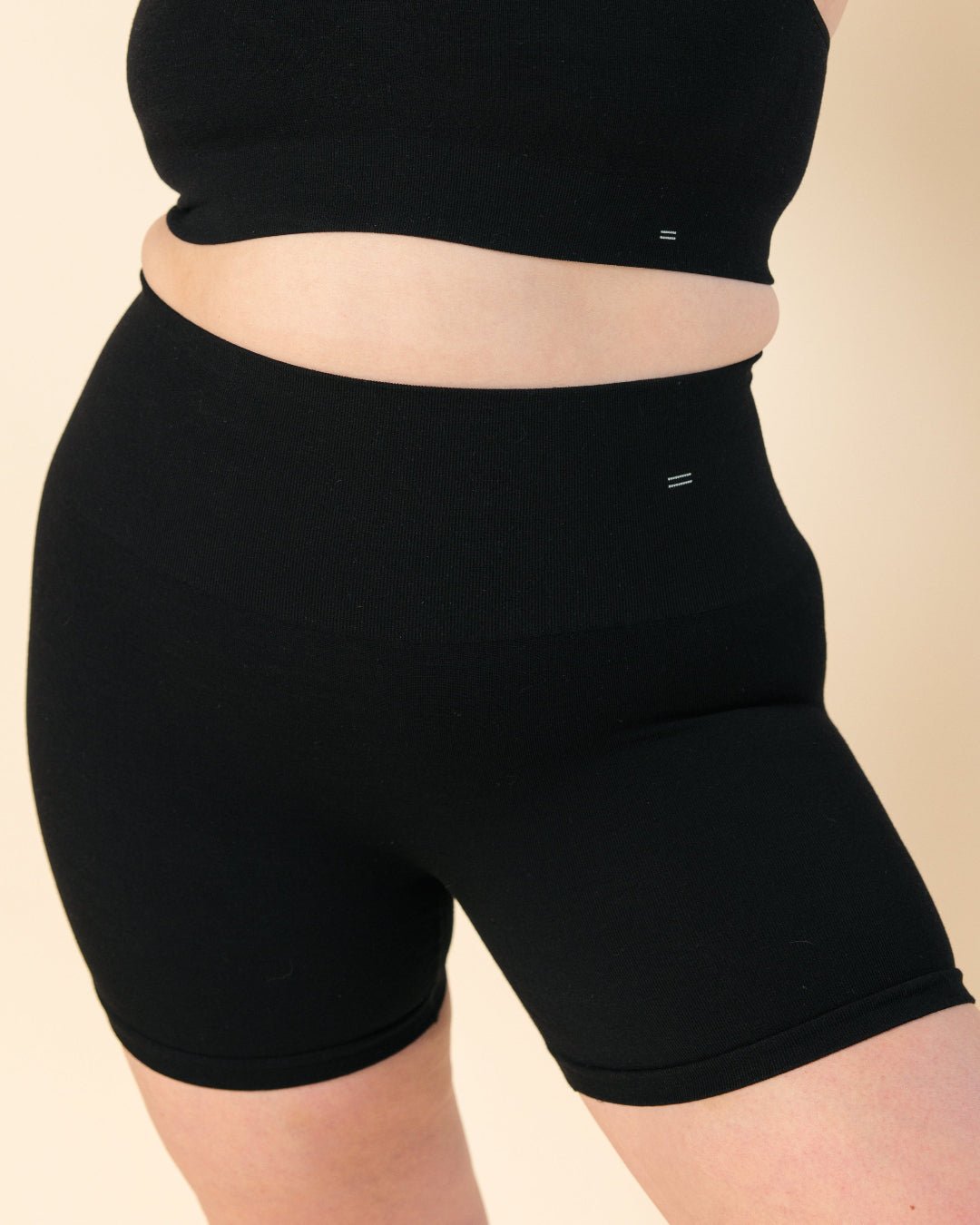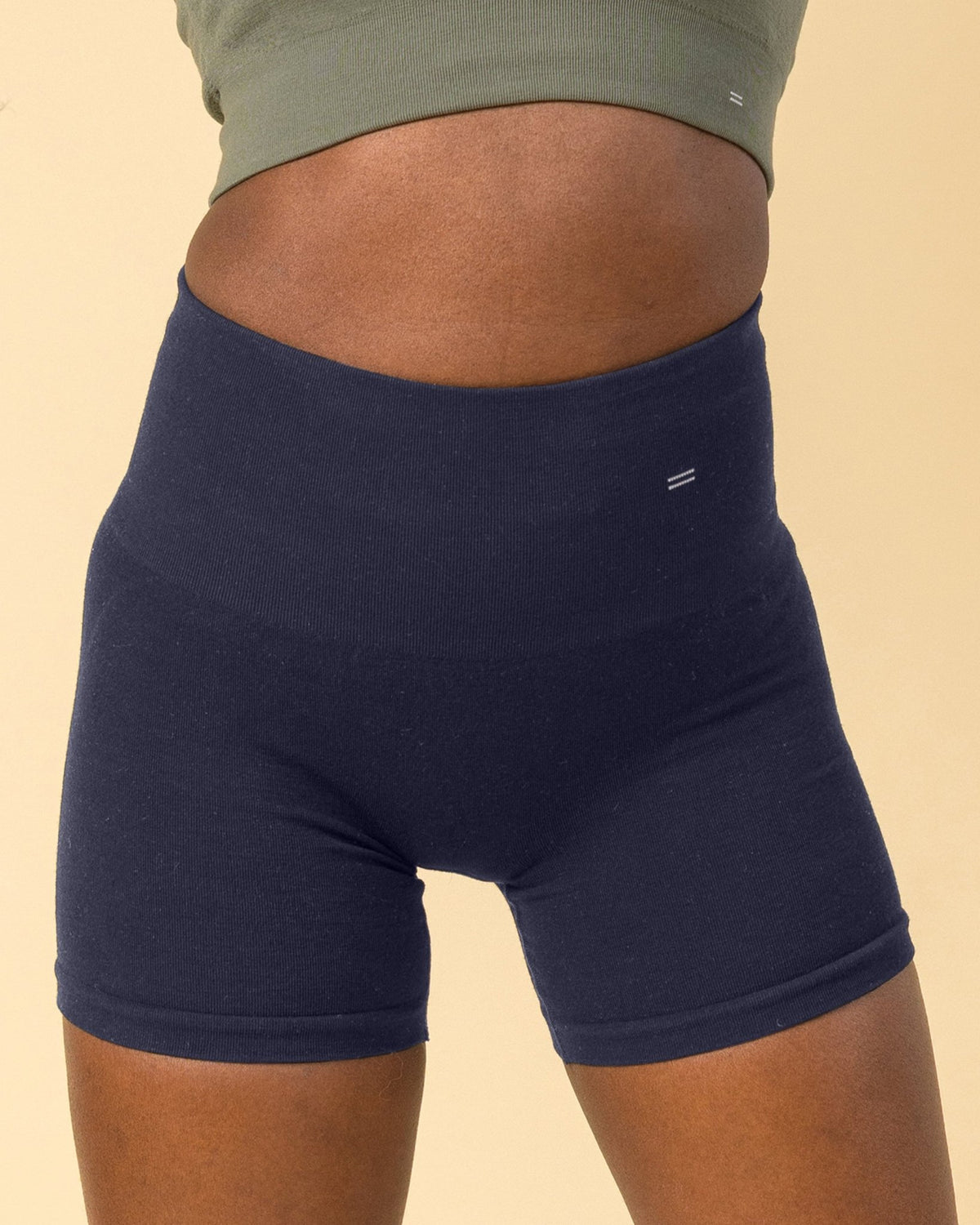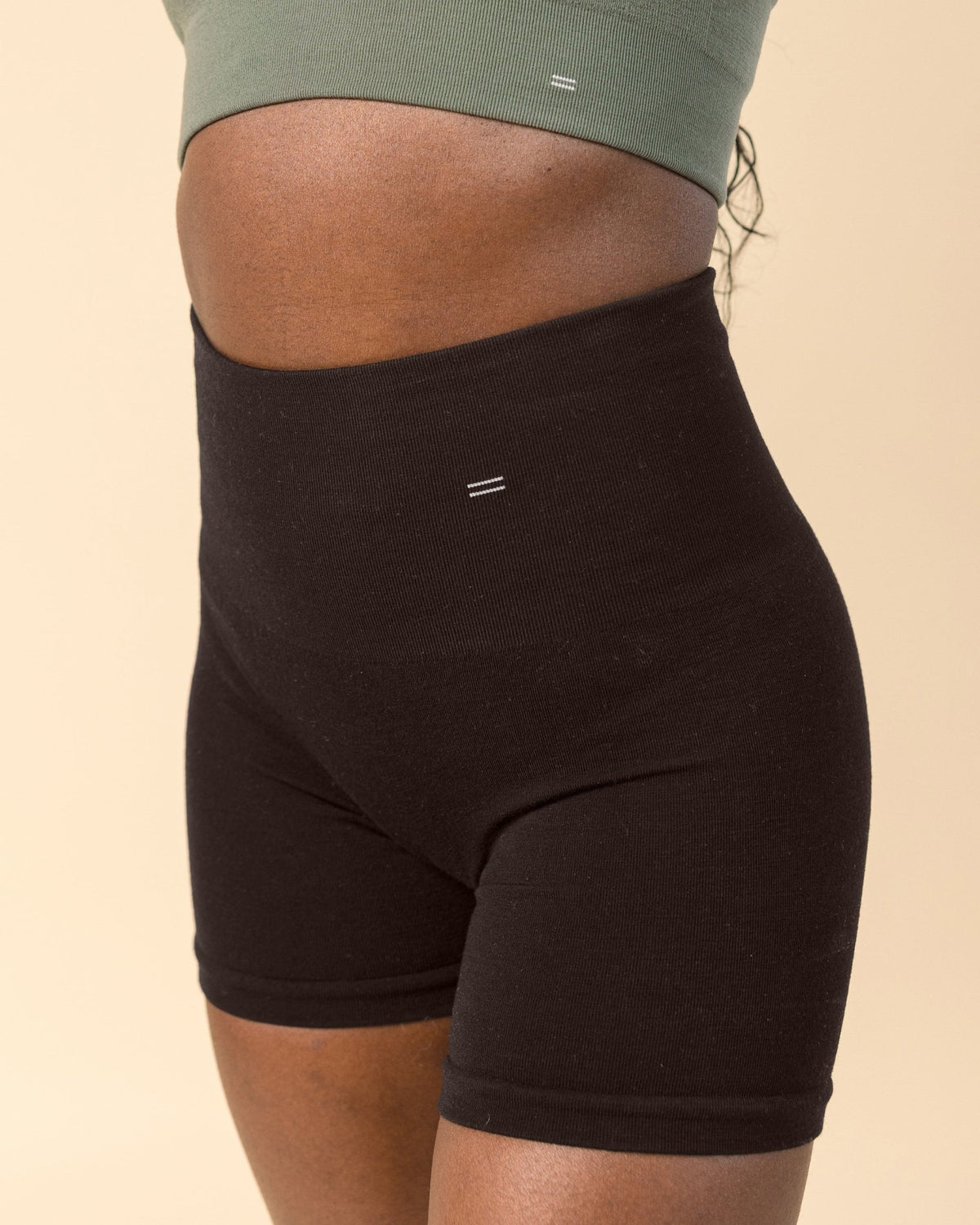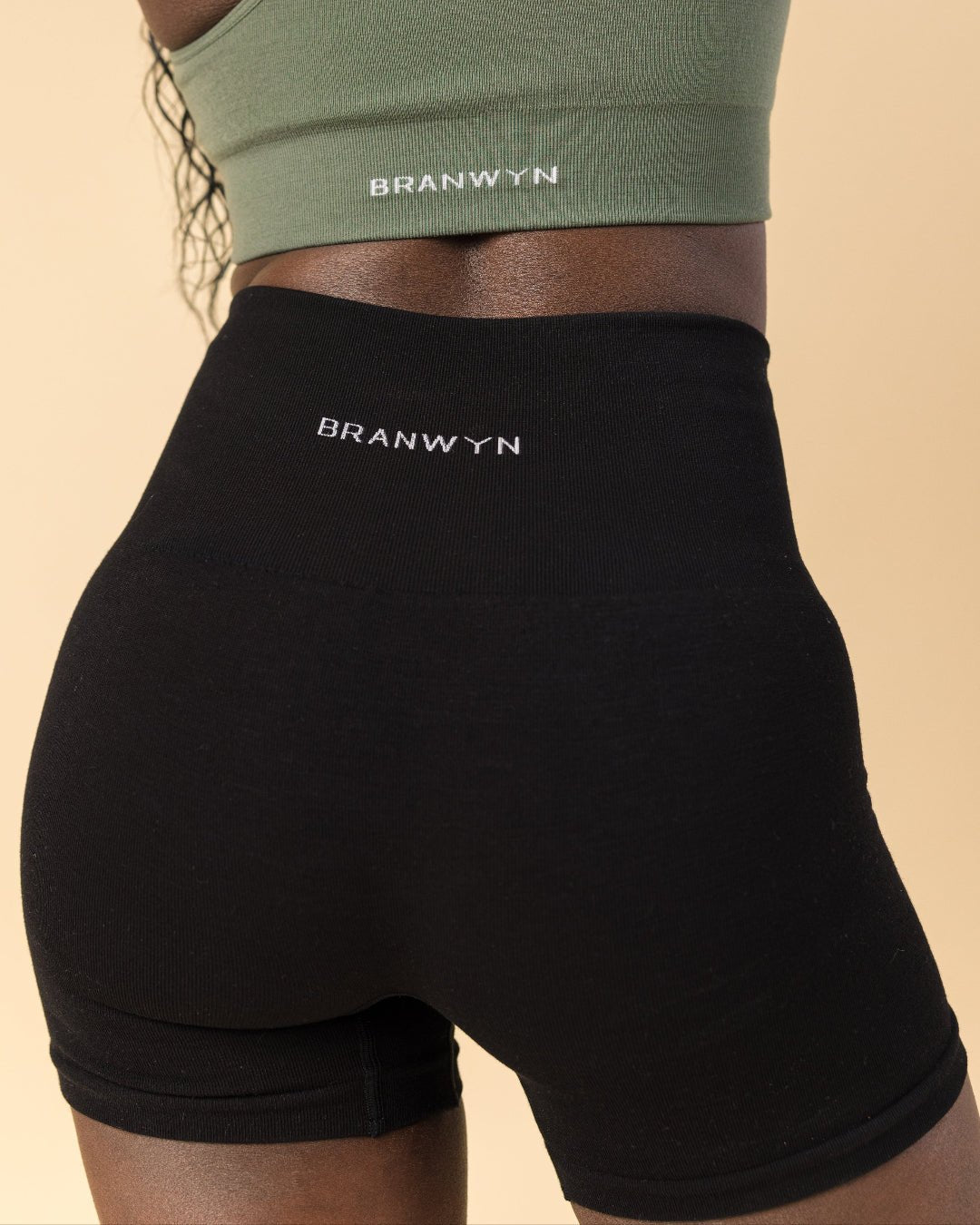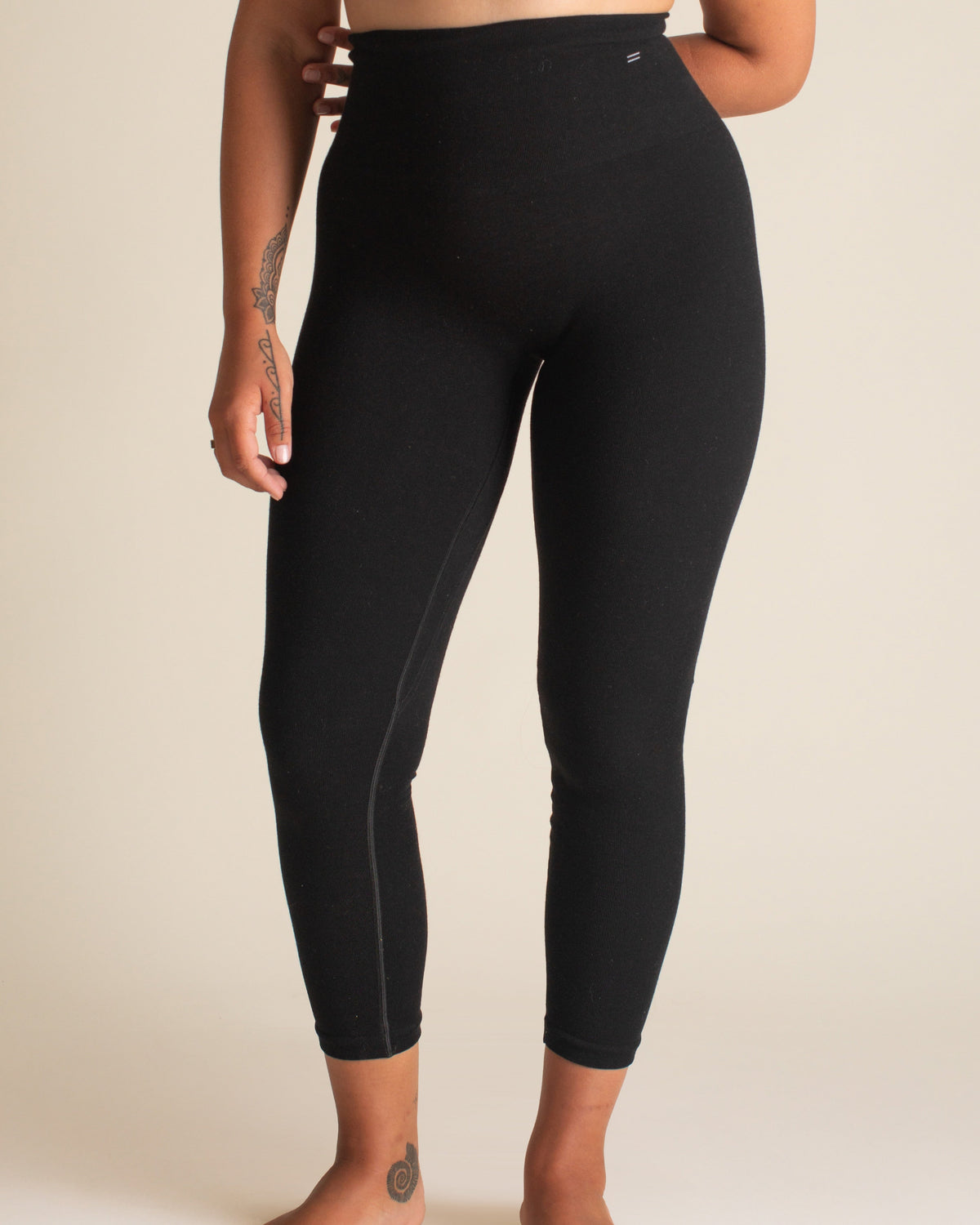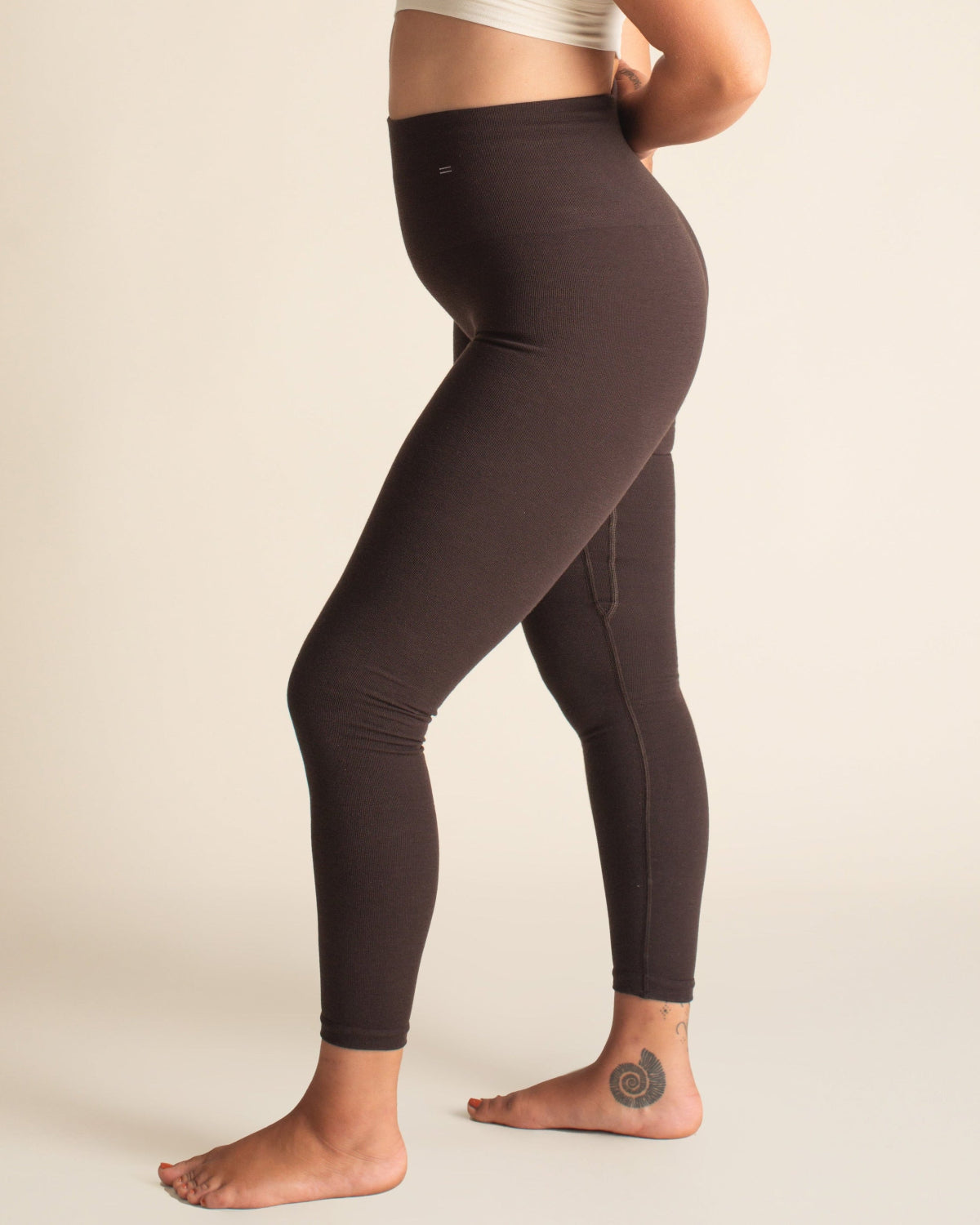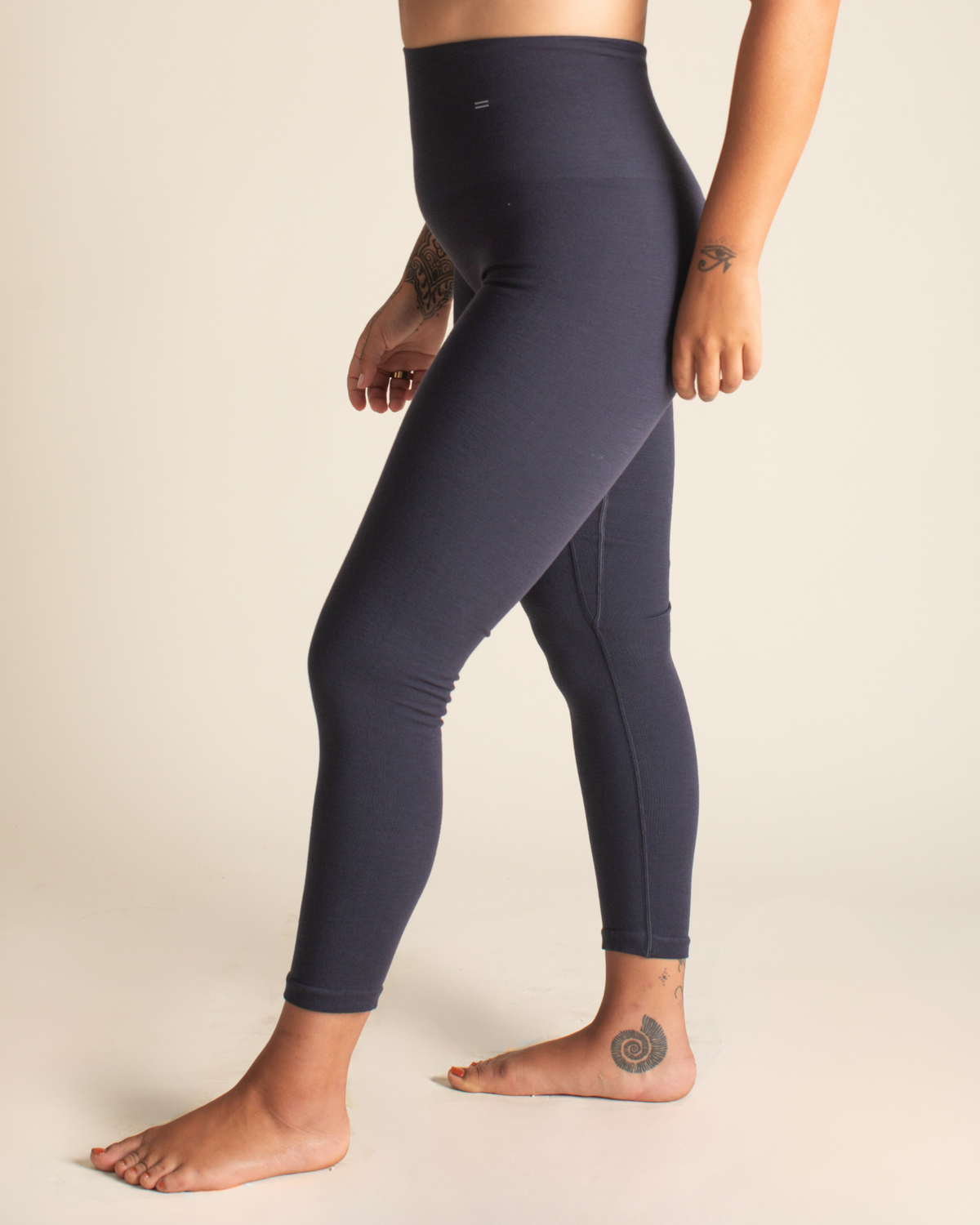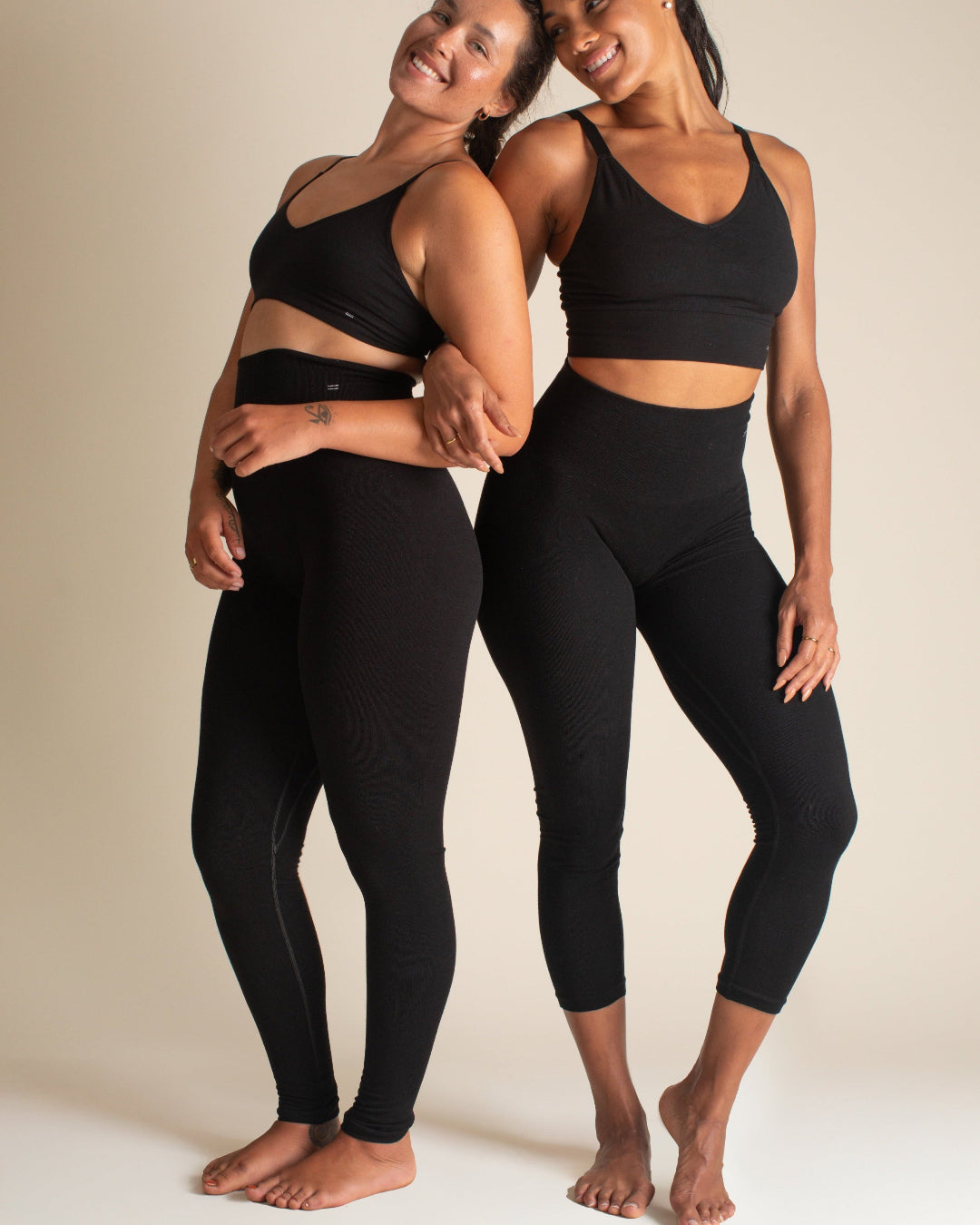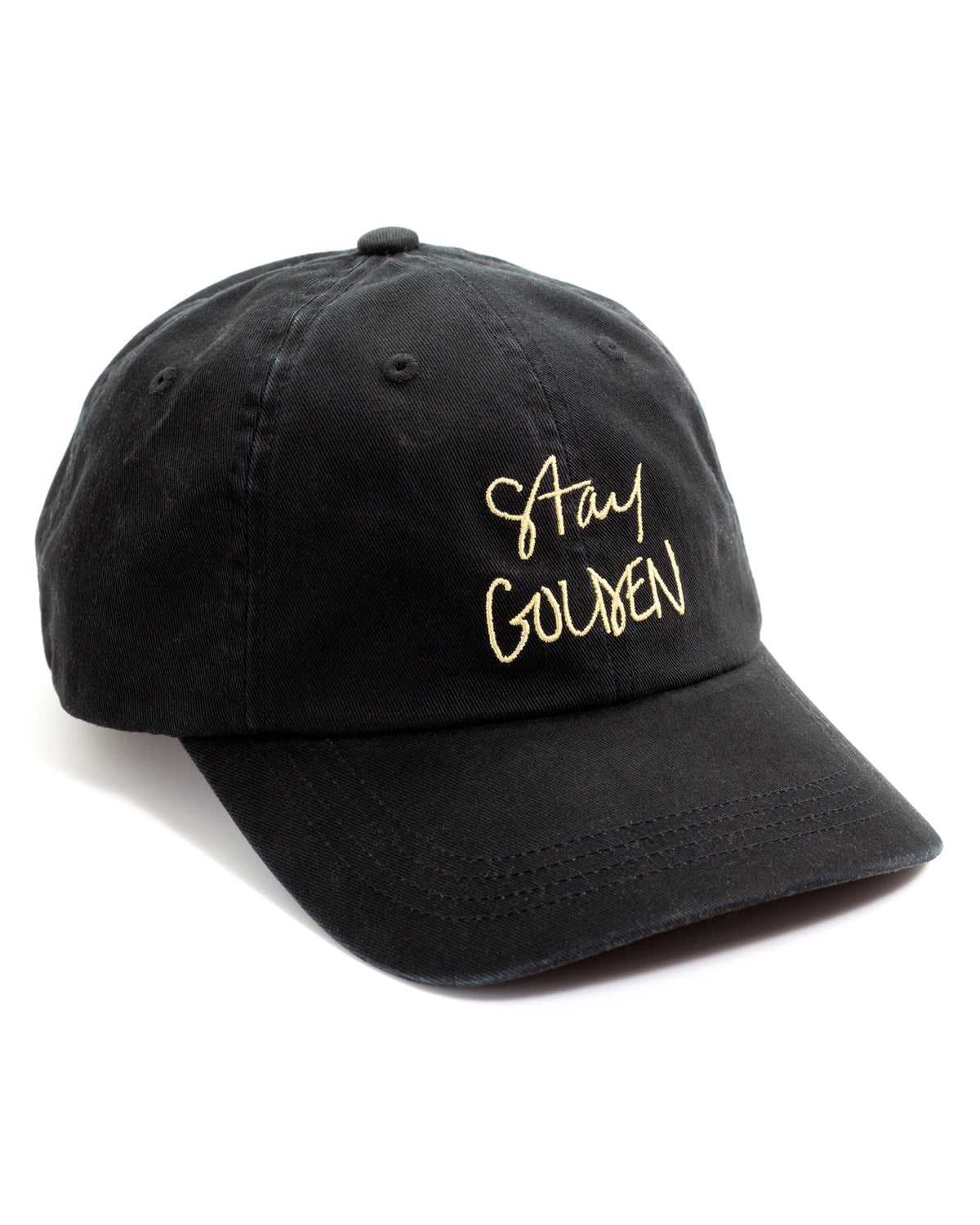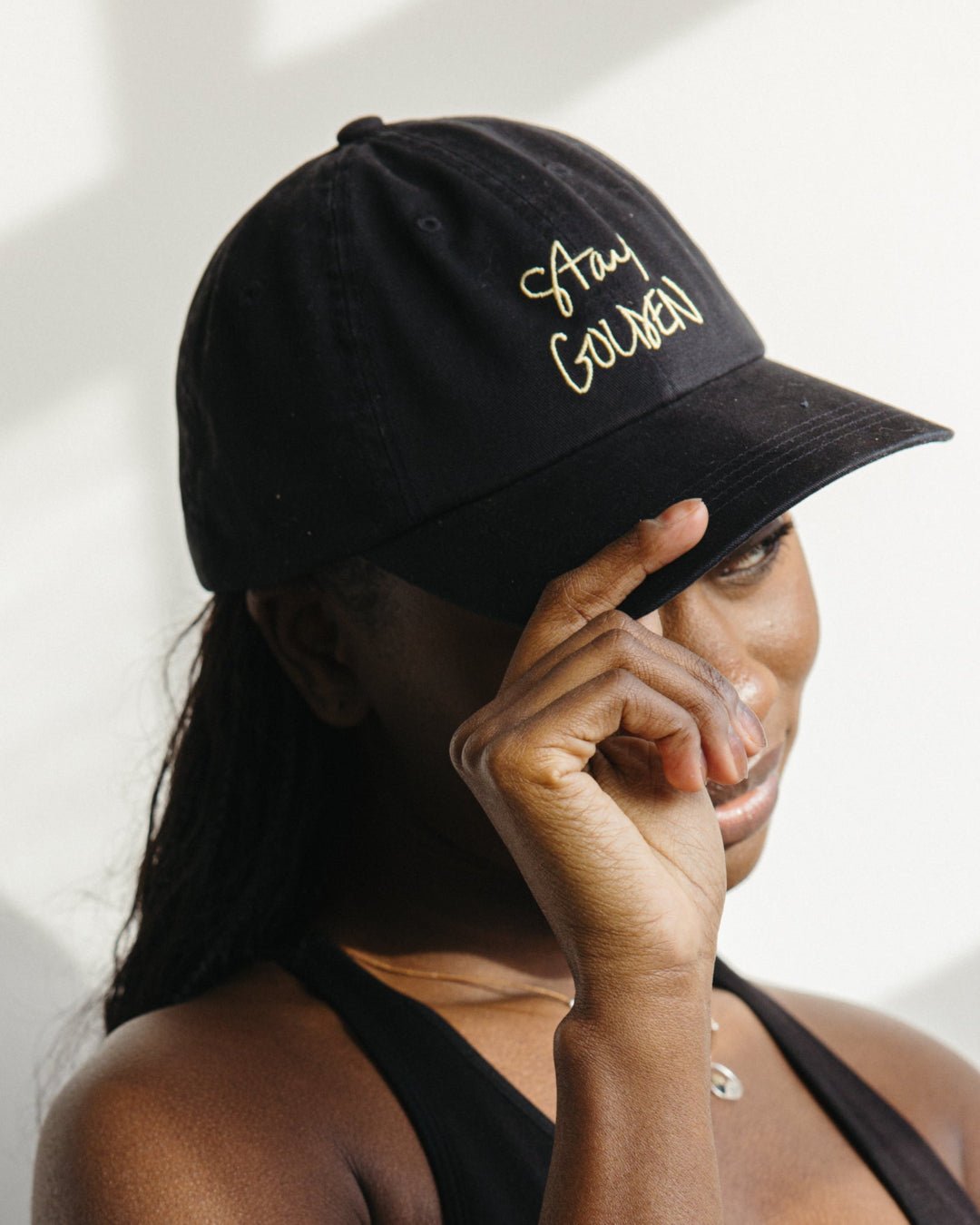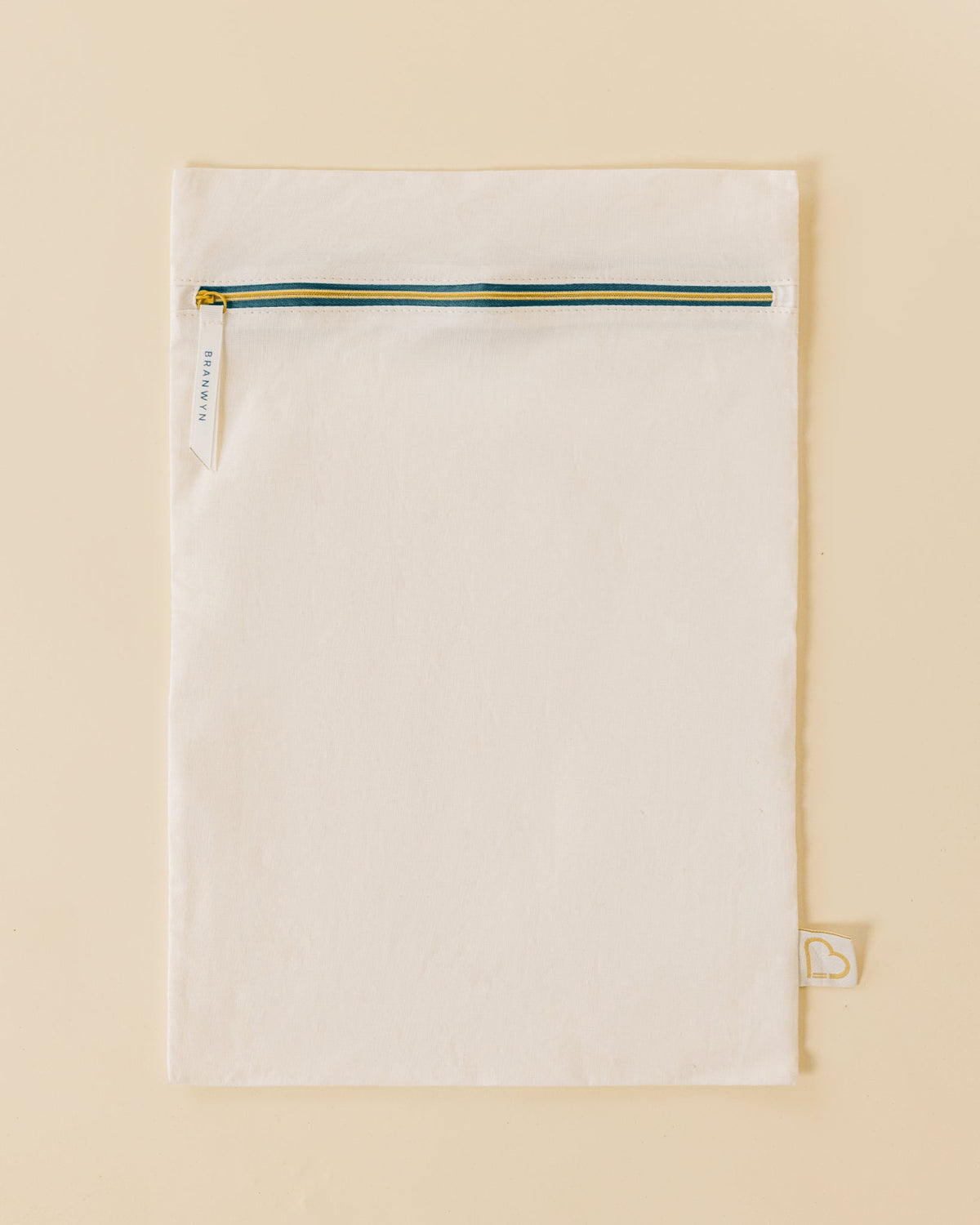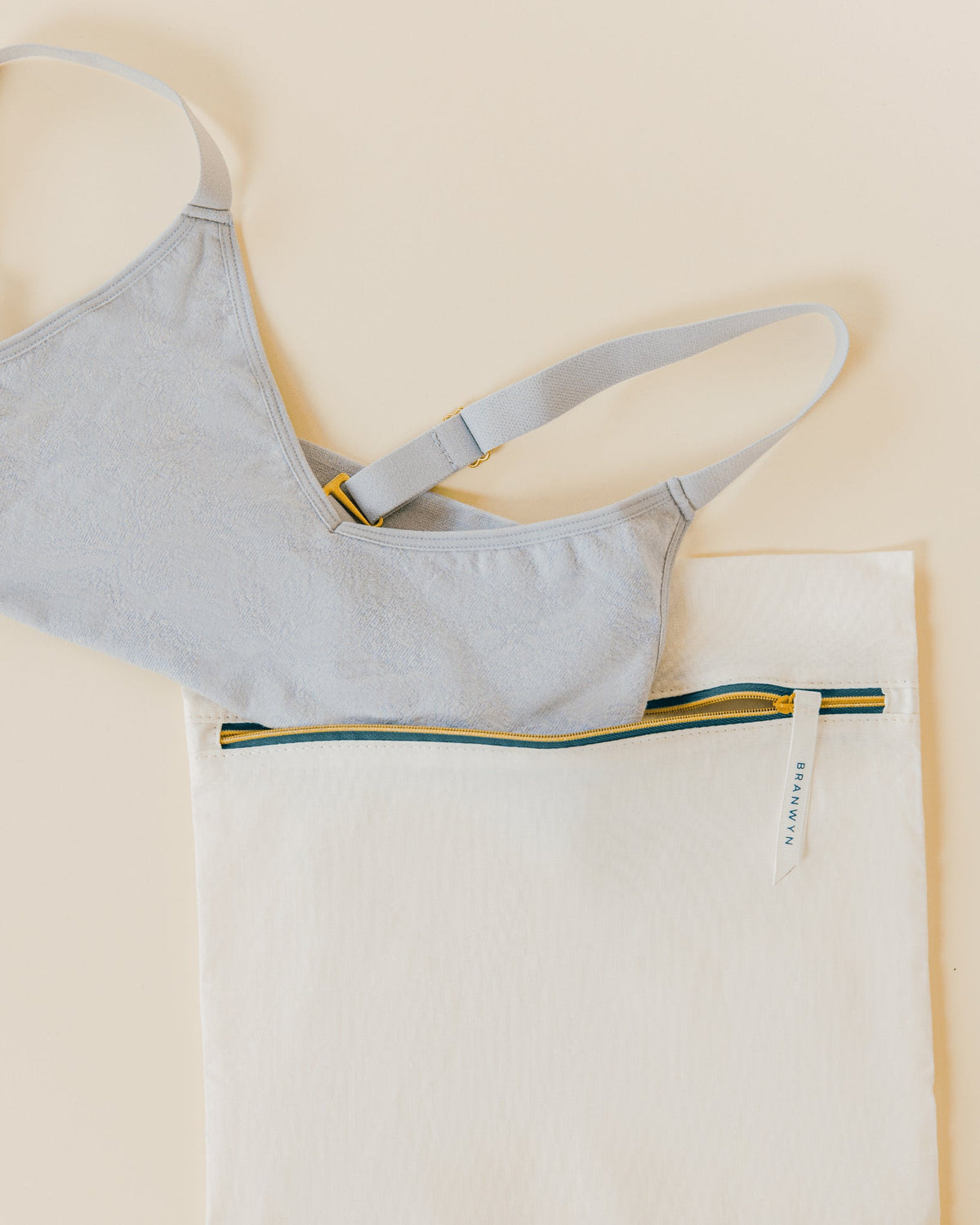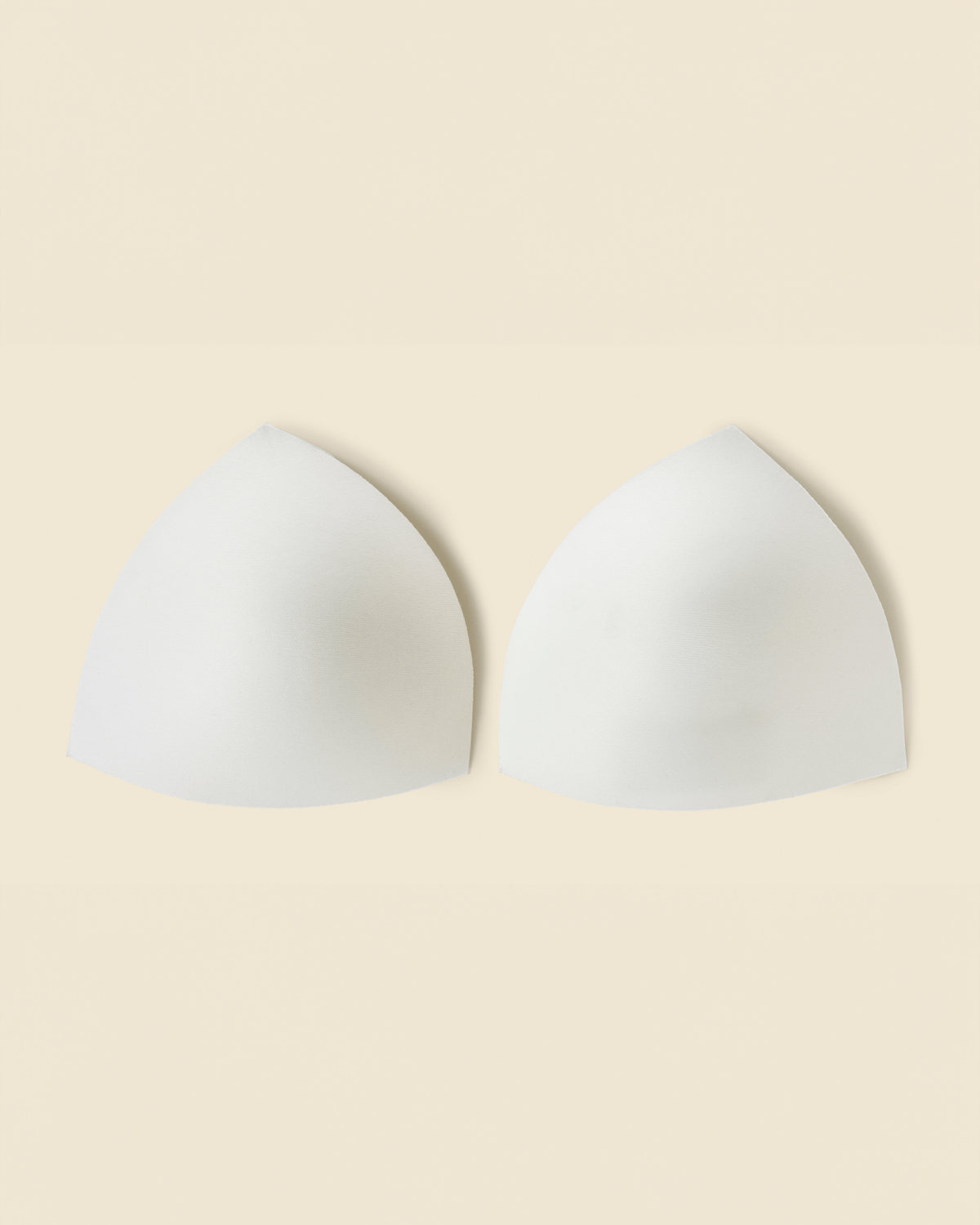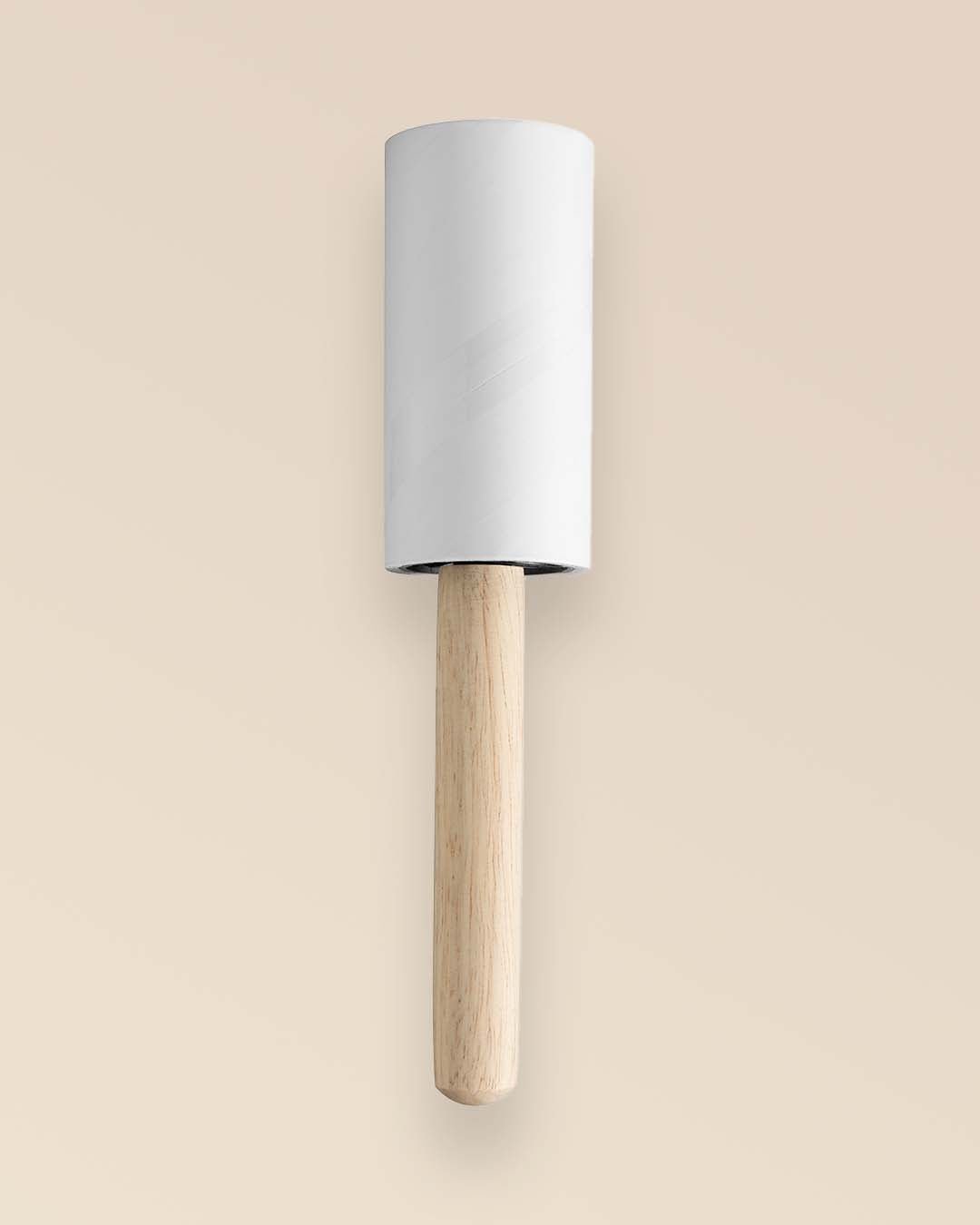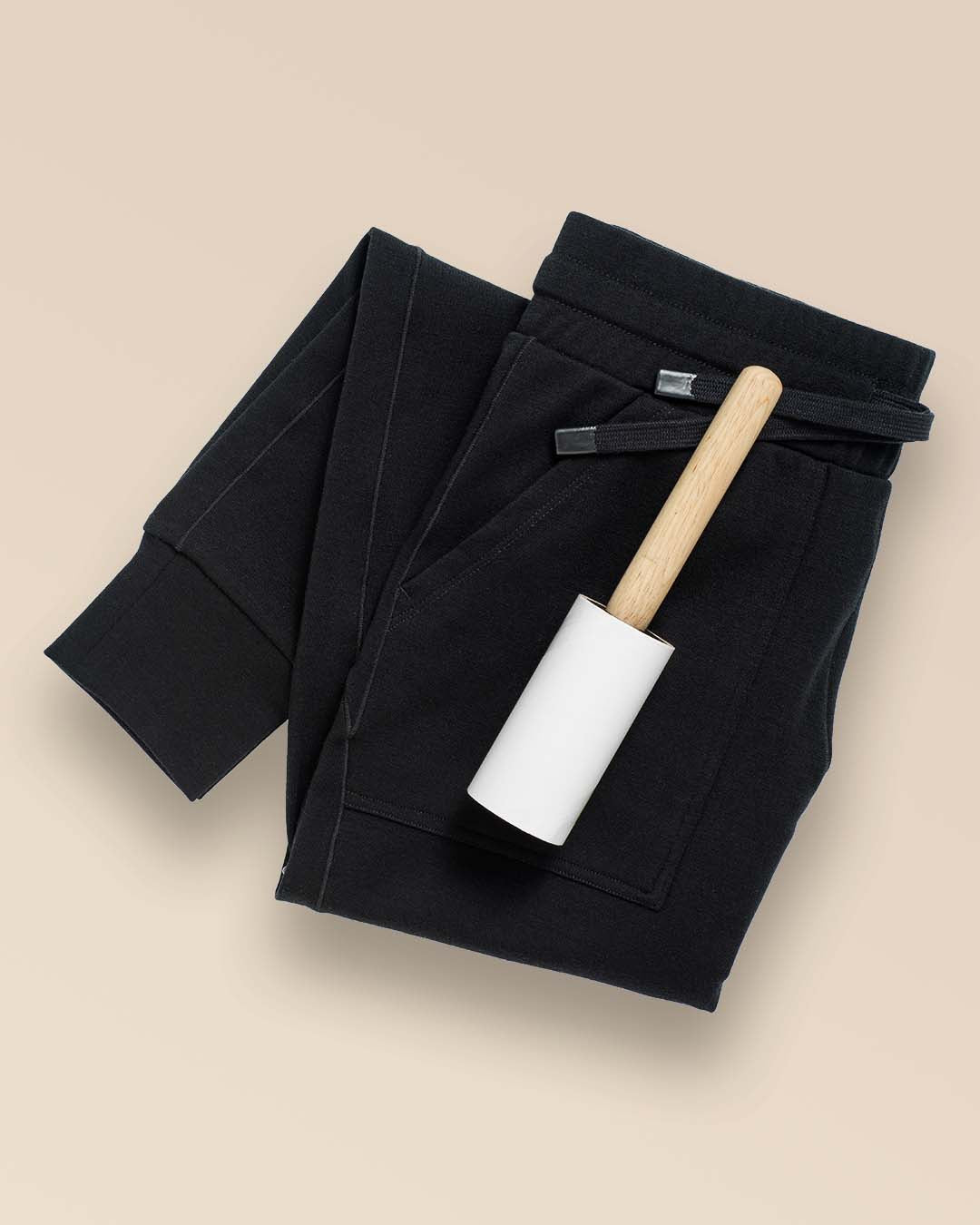Venturing out into the wilderness alone can be a thrilling, restorative, and healing activity. In fact, researchers with The Japanese Society of Forest Medicine have found that spending time alone in nature—a practice called shinrin yoku (forest bathing) in Japan—can help to reduce stress, anxiety, and depression, while improving heart health and strengthening the immune system.
Joanna of @hikewithjo agrees completely. “Hiking solo is special. It gives me peace of mind and helps me build confidence in myself as a hiker and as a person,” she says. “It’s always empowering to know you are capable of tackling something by your own power.”

But like many exciting activities, solo hiking, especially for women, can also feel, well, downright dangerous. While so much can go right, there are a few things that can go very wrong. From running out of water or spraining an ankle to getting lost or getting too close for comfort with unruly wildlife, feeling unsafe can keep anyone away from the woods. And for women who unfortunately need to be more careful around our own species, this fear can compound.
Thankfully, there are plenty of ways to mitigate your risk and ensure that you have an amazing experience alone on the trails. Try these tips from experienced solo hiker Joanna to stay safe hiking alone as a woman.
- Start someplace familiar.
If you’re nervous about your first solo hike, follow TLC’s advice and “stick to the rivers and the lakes that you’re used to.” In other words: keep it local, short, and sweet. “My first solo hike was at a local state park that I had hiked most of the trails at before. I was very familiar with the area and trails, so it felt like a safe place to start!” says Joanna.
- Do your research.
The more you know what to expect from your hike, the better prepared you’ll be to navigate any challenges. Joanna likes to check the National Oceanic and Atmospheric Administration (NOAA) for weather and read recent reviews of the hike on websites like AllTrails. It’s critical to review published maps and area information as well. She says, “This will give you a rough idea of what wildlife you may encounter, length/elevation and gain/exposure of the trail, water sources, shelters/campsites, an emergency number to call, and weather.”

Credit: @hikewithjo
- Have a plan—and a backup plan.
“I have a detailed plan and backup plan and communicate that with a safe person,” Joanna says. Share your itinerary, projected pace, and estimated timeline with a family member or friend, as well as the location of your parked car if relevant. A backup plan means being okay with turning around if you need to—or just aren’t feeling up to it that day.
- Have emergency contacts handy.
“Save the number for the local emergency or ranger station,” says Joanna. If something goes wrong, they’ll be able to reach you much faster than a faraway friend.
- Stay present.
Basic safety tips apply in nature as well. “I skip the headphones and try to be extra aware of my surroundings,” says Joanna. This may also have the added benefit of experiencing your surroundings in a deeper, fuller way.
- Trust your instincts.
“This one may seem obvious, but trust your gut!” says Joanna. “Don’t be afraid to turn around if something doesn’t feel right.” She says she often thinks of the adage, “We see people act normal all of the time, so if something feels off, it probably is.” If your spidey sense is tingling… listen.
- Track your location.
Consider sharing your location. If you are going to be on a trail with cell service, you can share it with your safety buddy. If not, Joanna strongly recommends an energy communication or GPS device, especially for longer treks. “It’s a huge peace of mind!” she says.
- Pack the right gear.
Joanna says packing the right gear is always important, and it’s “even more critical if you’re hitting the trails solo.” She says that she never hikes without the following:
- Navigation (paper map plus a compass). “GPS units are a great backup,” she adds. If you’re using a hiking app, you may also be able to download a map to your phone that will work even when you’re out of service, but keep in mind that phones die and apps aren’t always accurate. A published map will be your best friend in an emergency situation.
- First aid kit.
- Illumination. “Headlamps are a great lightweight option, but flashlights work too!” she says. Word of wisdom: Don’t rely on your phone. The flashlight function drains the battery and it’s not bright enough for most low-light settings.
- Sun protection. This can mean sunscreen, of course, or a physical blocker like a hat, buff, sunglasses, or lightweight long-sleeve.
- Emergency shelter. “I personally carry an emergency bivvy,” says Joanna. You can find bivouac shelters that fit in the palm of your hand—or larger tents for longer hauls.
- Nutrition. “All of the snacks!” says Joanna. Don’t overburden your pack, but take more than you think you’ll need.
- Hydration. The same rule applies, says Joanna: “More than you think you’ll actually drink.” She says she often carries a small water filter as well. When you’re doing your research, check to see if there are any water sources along the trail, but don’t count on them for refilling.
- Fire. Bring a lighter and a fire starter. “Please check area regulations prior to starting a fire!” says Joanna.
- Insulation. When you’re on the trails, the weather and temperature can change on a dime, so it’s best to bring layers. “I personally like to have an extra pair of socks, fleece hoodie, a rain jacket, and a beanie at all times,” she says. “Keep in mind it will always be cooler at higher elevations.”
- Tools and a repair kit. “This can be as simple or elaborate as you prefer,” says Joanna. She’s a fan of a mini Swiss Army knife and repair tape for patching rips or snags in jackets or tents.
BRANWYN’s Performance Innerwear can be a great addition to the mix as well. Our bralettes and underwear are crafted from sustainable Merino wool—aka the very best fabric for active women. Developed by sheep over a few millennia to keep themselves comfortable and dry, Merino naturally wicks moisture, combats odor, and keeps you warm when it’s cold out and cool when it’s hot. Joanna says, “I love Merino wool for its insulating properties even while damp. Starting with BRANWYN’s Merino Innerwear and working up—you can’t beat Merino!”
But no matter what you wear, remember to have fun out there!


